Balitraveldiary.com – Bali is famous for its natural beauty, as well as its interesting cultural customs. In addition, as a place of worship for Hindus, temples also have their own uniqueness and beauty that attracts tourists visiting Bali. Pura Swagina is one of the temples that is interesting to understand its function and type.
Types of Swagina Temples
Source: hindualukta.blogspot.com
The meaning of Balinese swagina is work or livelihood. People with a certain livelihood will come to a suitable temple to perform worship. For clarity, below will discuss several types of functional temples specifically for this livelihood.
- Temple for Fishermen (Pura Pabean)
Pura Pabean is a temple that was established to worship for people with livelihoods as fishermen and fish hunters in the sea. This temple is a form of respect and gratitude given by Hindus for their livelihoods that come from the sea.
The Customs Temple in Pulaki, Buleleng, used to be a stopover for sailors passing through Balinese waters. The location is opposite the Agung Pulaki temple and is on the coast. This Customs Temple has a beautiful and beautiful view. From the temple, you can see the waves on the shore that come together.
Because the location where the Pabean Temple is located in Buleleng is a stopover for sailors from various regions, it is not surprising that there is an acculturation of culture in it. The influences of Chinese, Bugis, and Malay culture, tapak enrich the forms of ornaments in the temple.
- Temple for Farmers
Not only fishermen, Balinese people also have livelihoods as farmers. The activities of cultivating the land, caring for plants with expected results, have made this community group closely related to water. This natural element is considered as their source of livelihood
For this reason, shrines of worship were built for people whose livelihoods were farmers, generally located close to water sources. This type of temple is often known as Ulun Danu, Ulun Siwi, Bedugul, Masceti, and Subak. The function of this temple is for a place of worship for the farming community so that they are always given abundant blessings and prosperity from the results of farming.
There are four temples located in lakes in Bali. Among them are the lakes of Beratan, Uyan, Tamblingan and Batur. As a source of water that can support and enrich the surrounding area, a temple called Ulun Danu was built in the area. So, there are Ulun Danu Batur, Ulun Danu Beratan, and others.
- Temple for Traders
Next is Melanting Temple. The function of this Swagina Temple is as a place of worship for Hindus who have a livelihood as traders or people with work ties. This temple is intended to honor Bhatari Melanting as a protector of the economy.
In Buleleng, Bali, there is also this Melanting temple. It is located in the middle of the forest with a very beautiful view. That is why many tourists come to visit it. Even though they have to walk along forest roads and pass residential areas, when they arrive at the temple, visitors are treated to a refreshing atmosphere and beautiful scenery.
Bali Has Various Types of Temples
Each temple built in Bali has its own characteristics and functions. There is a universal heavenly temple, which is a place to worship God. There is also Pura Kahyangan Tiga which is a place to worship the three gods, namely Lord Brahma, Lord Shiva, and Lord Vishnu.
Then, there are also temples for people who have a certain livelihood, or so-called Swagina. This temple has a special function as a place of worship as a sense of gratitude and hope for the blessings of earned livelihood. These temples are usually located in places that are the center of livelihoods. For example, the sea or a spring.
Furthermore, there is a type of Kawitan Temple. This is a temple built on the basis of a lineage. This temple has a function to worship God Atma Siddha Dewata. It can be said that this temple is a form of public respect for the ancestors.
Judging from the difference in function, it is natural that there are so many temples in Bali. Each temple has its own designation. In addition, the history when building it also makes each existing temple have characteristics that make it unique.
In addition, the flexible Balinese society is also open to acculturation. This mixture of different cultures makes temple architecture more complex and unique. This further enriches the cultural treasures that exist in Bali.
That was the definition, types and functions of Pura Swagina in Bali. The order of life of the Hindu community in Bali which is very religious makes this place of worship well preserved. of the many types and quantities that exist, it’s no wonder that Bali also has the nickname as the Island of a Thousand Temples.
source : kintamani.id

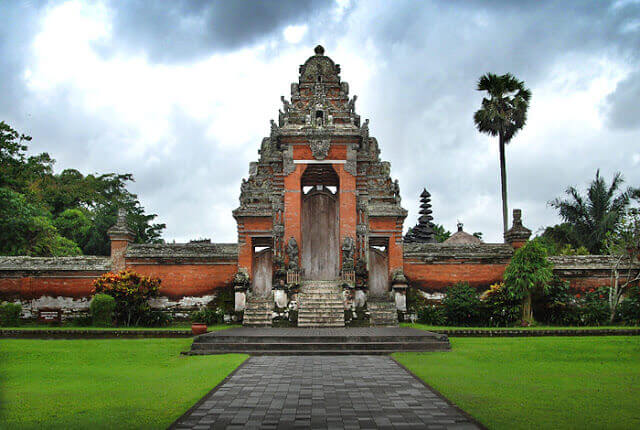
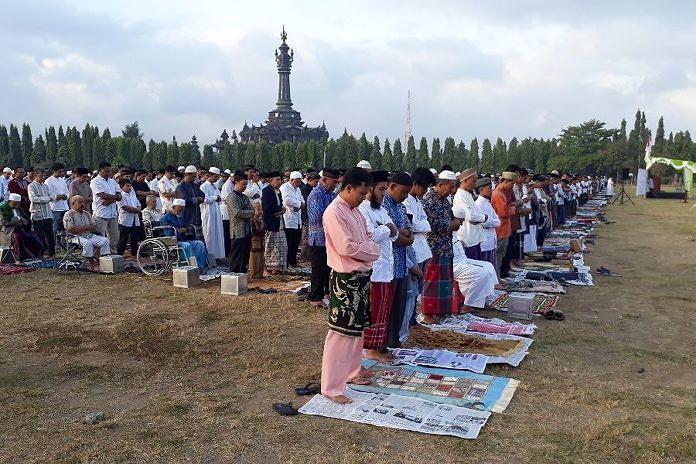
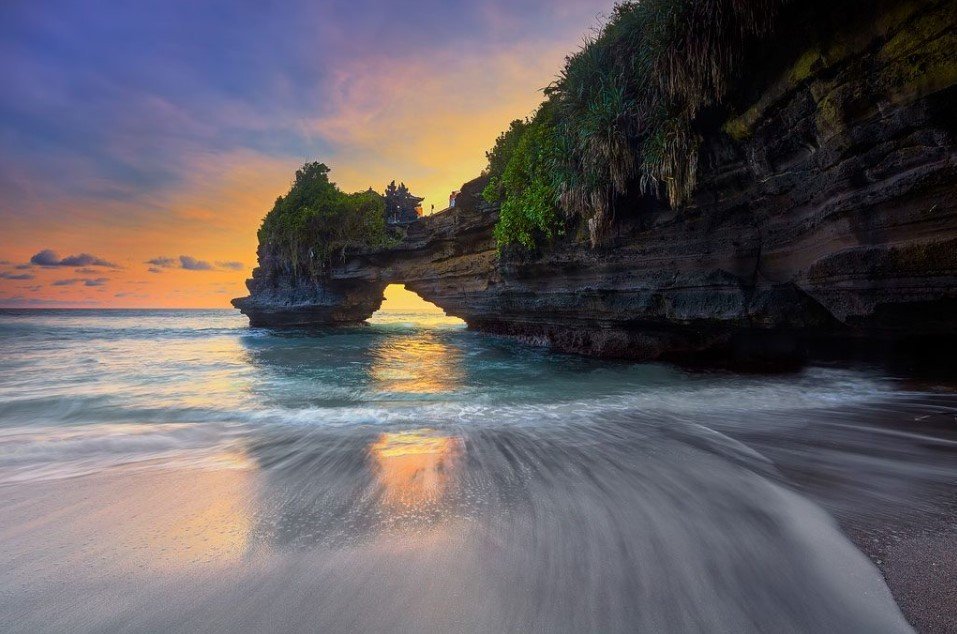
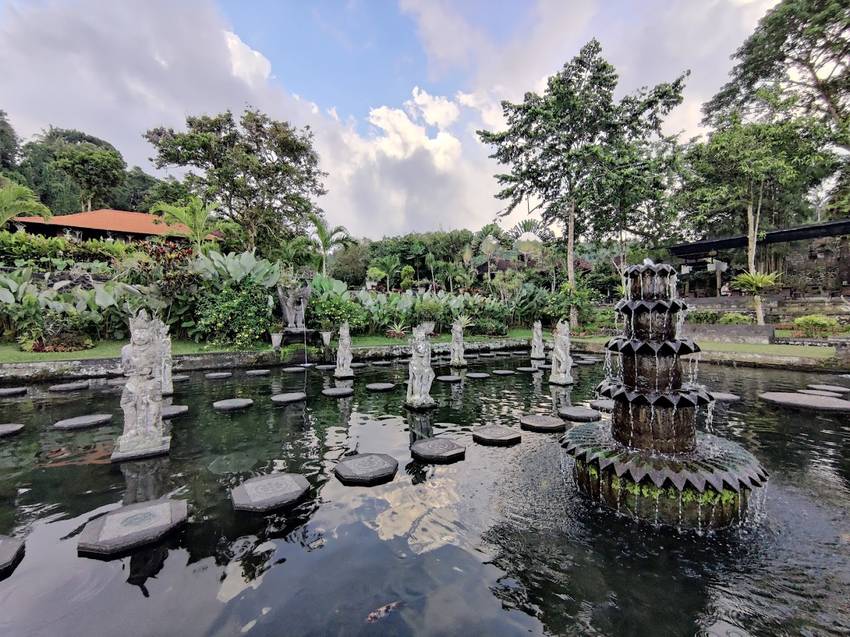

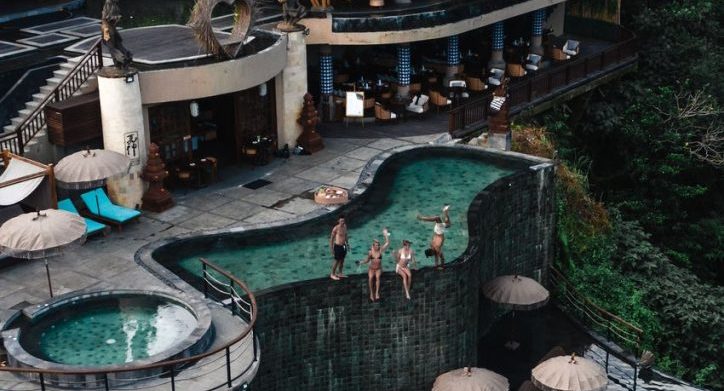
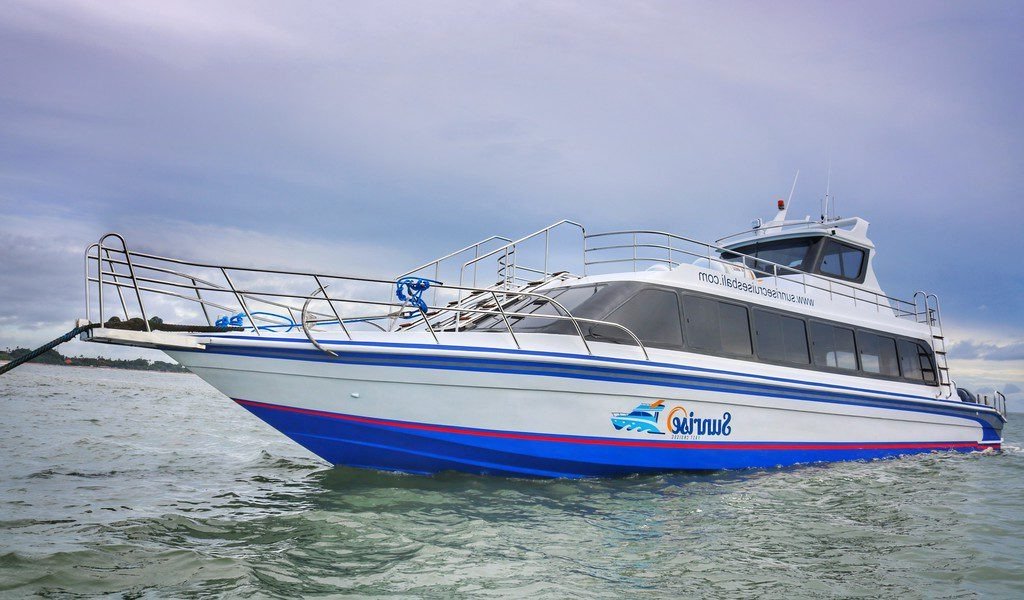
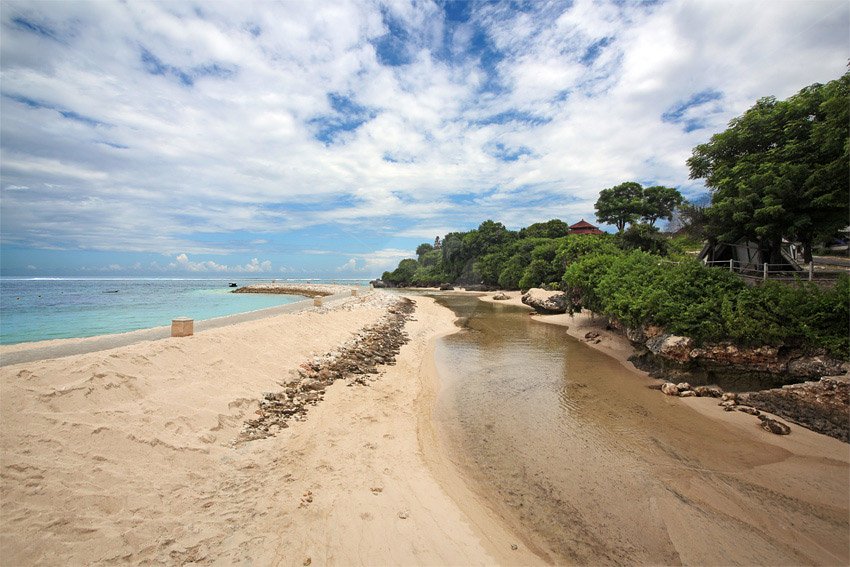
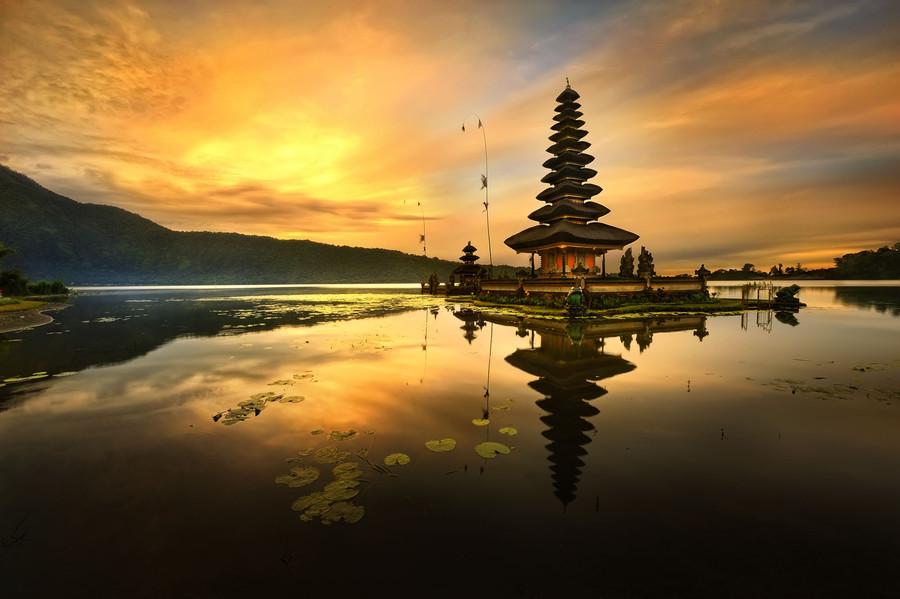
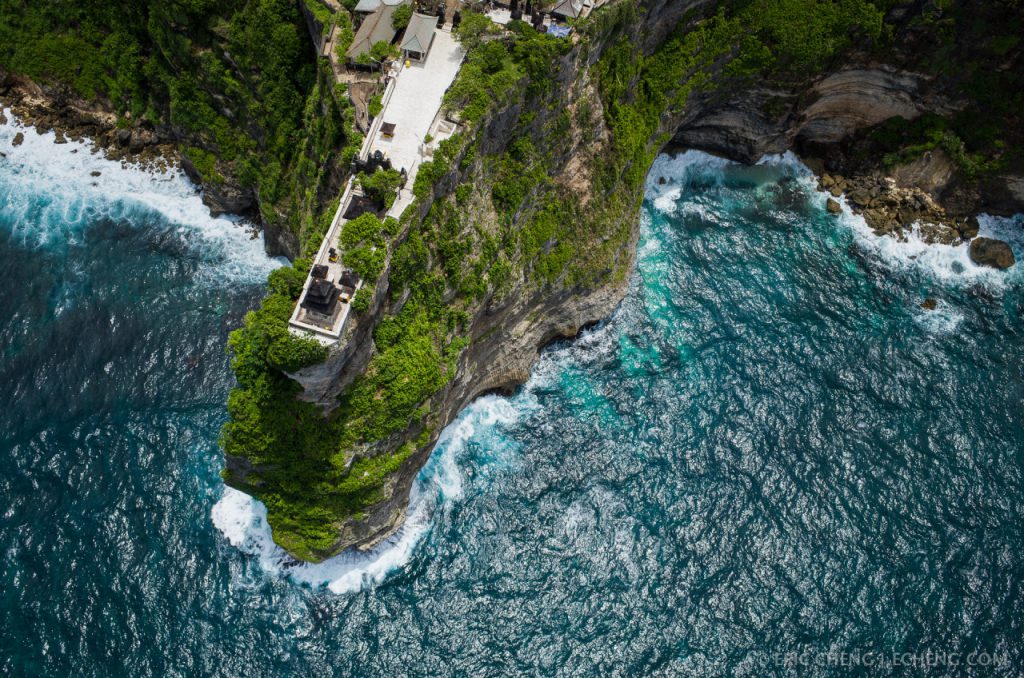


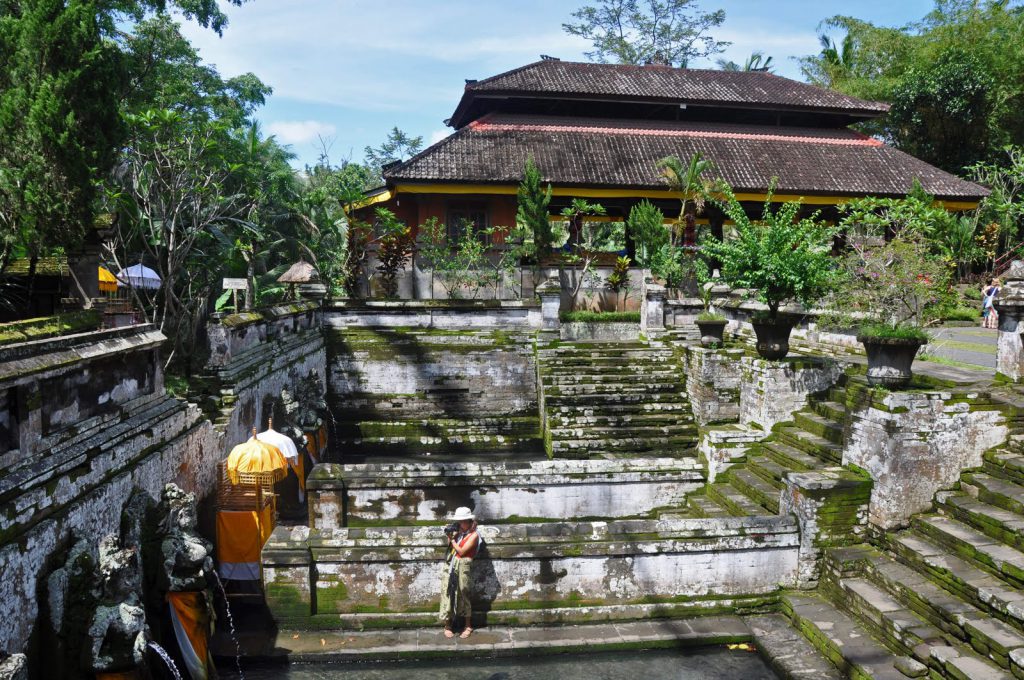

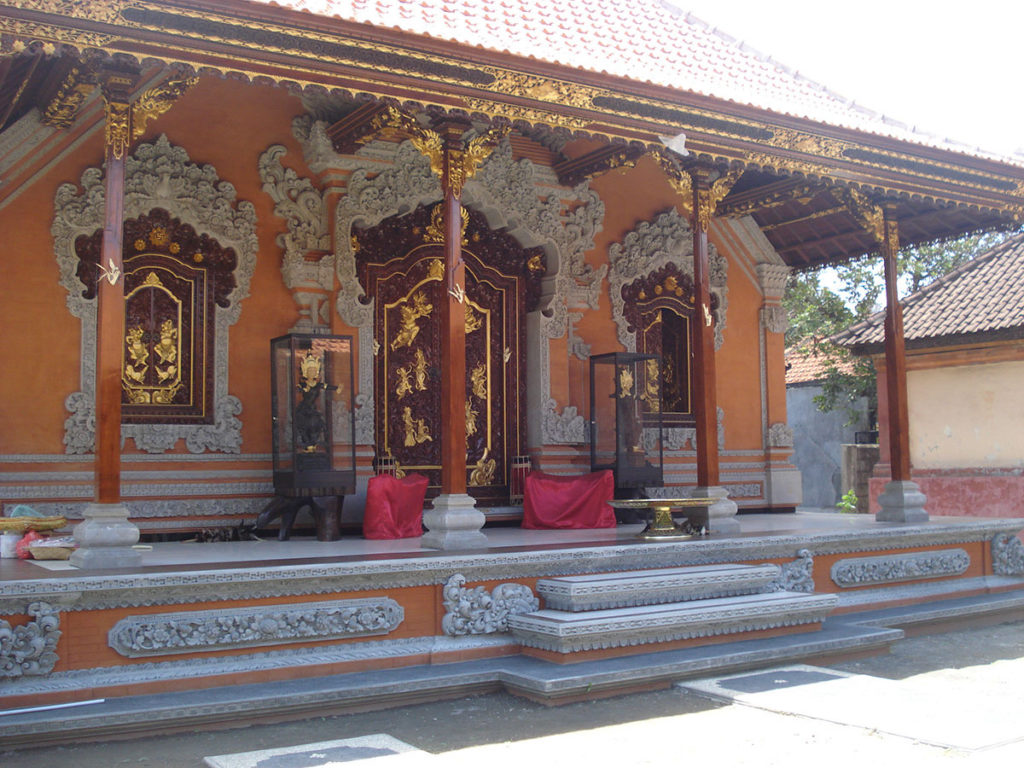

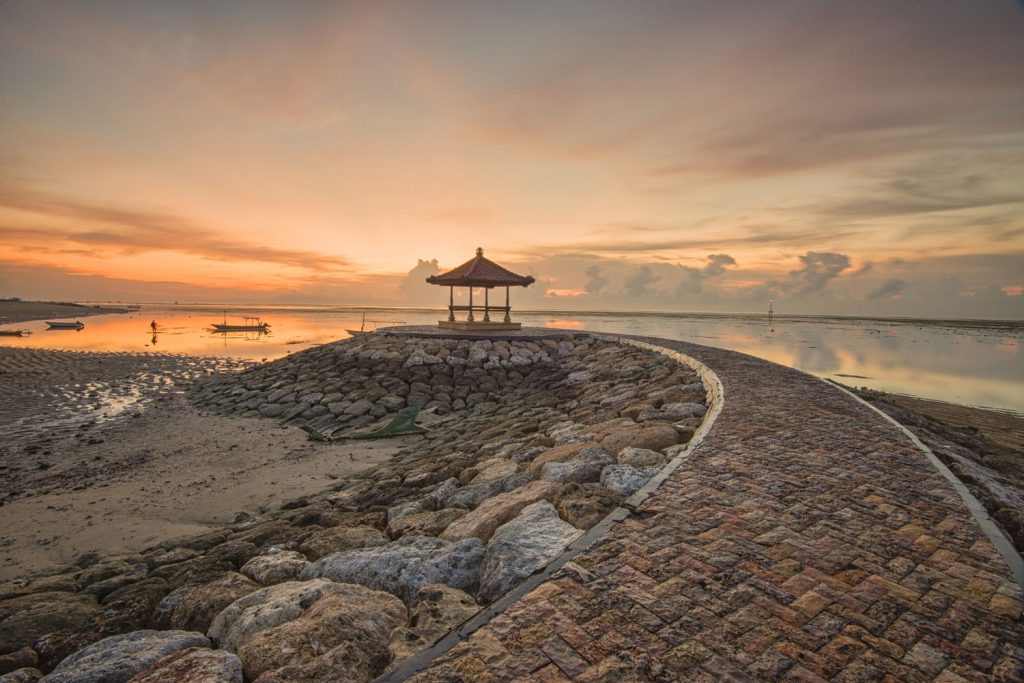
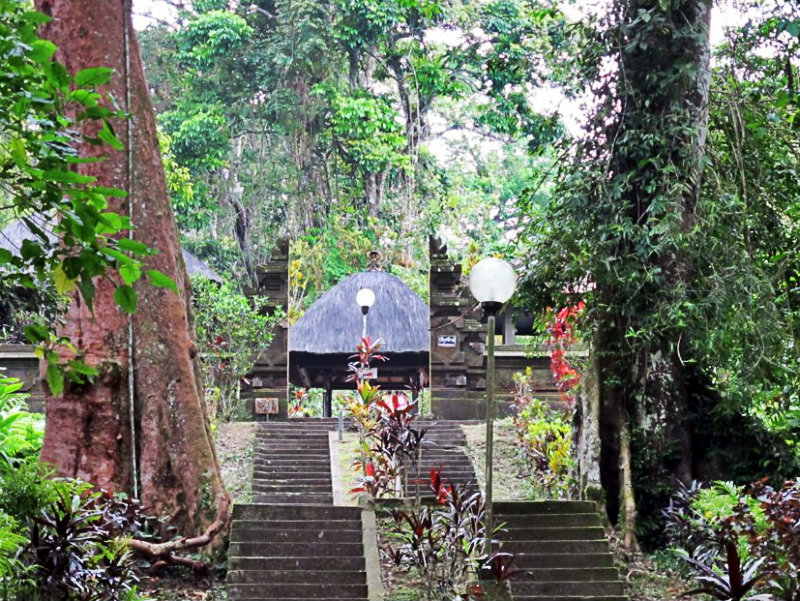






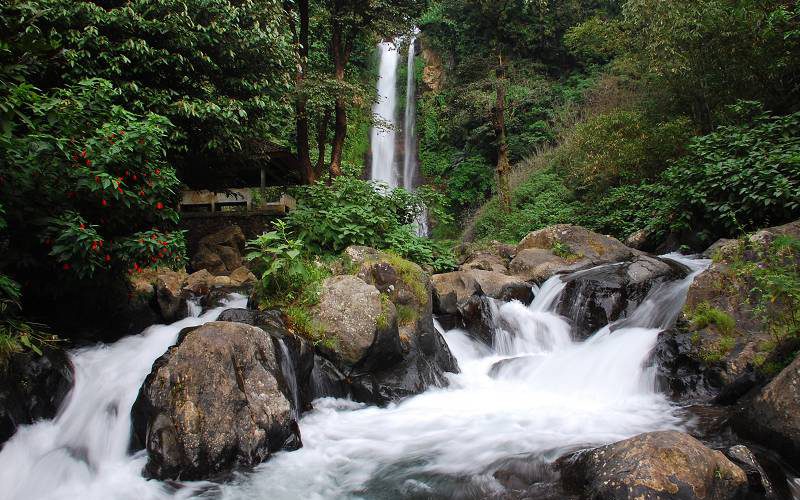






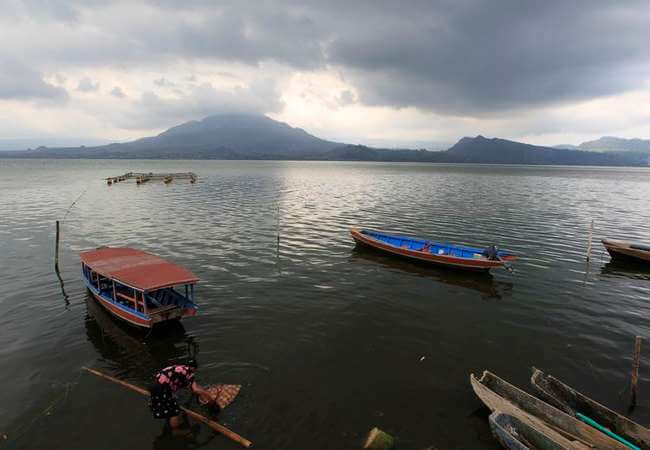


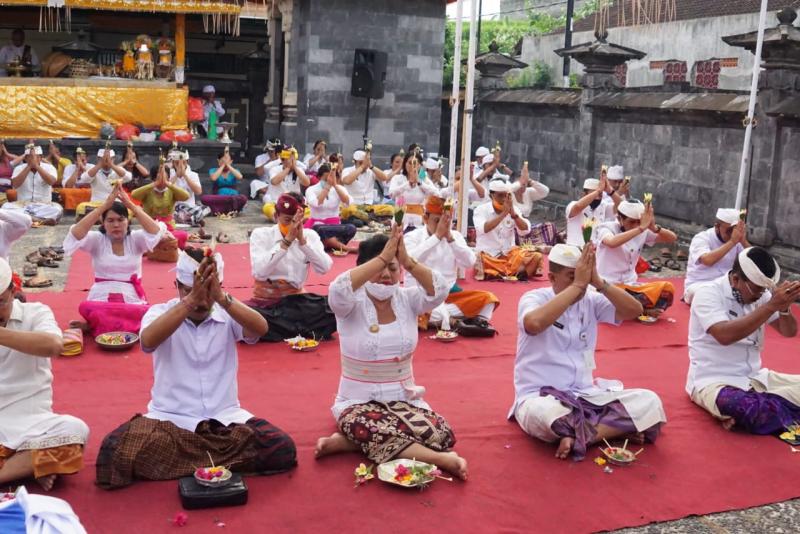

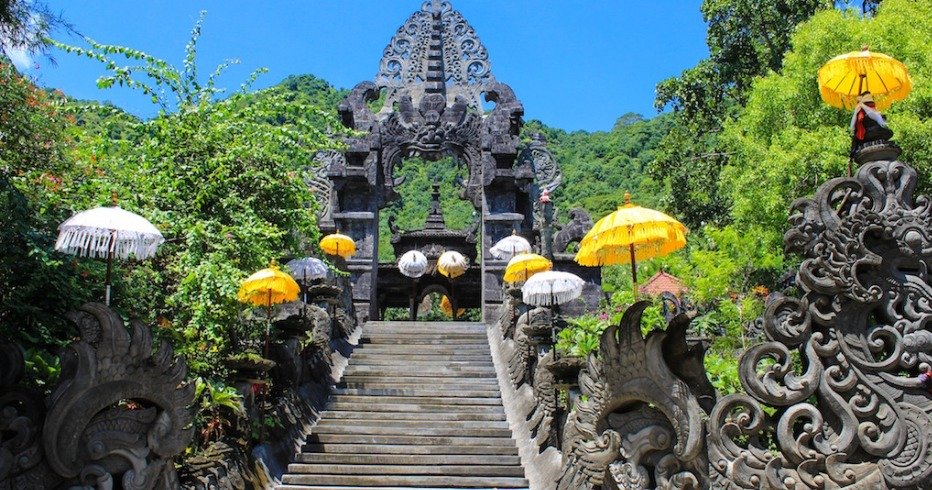
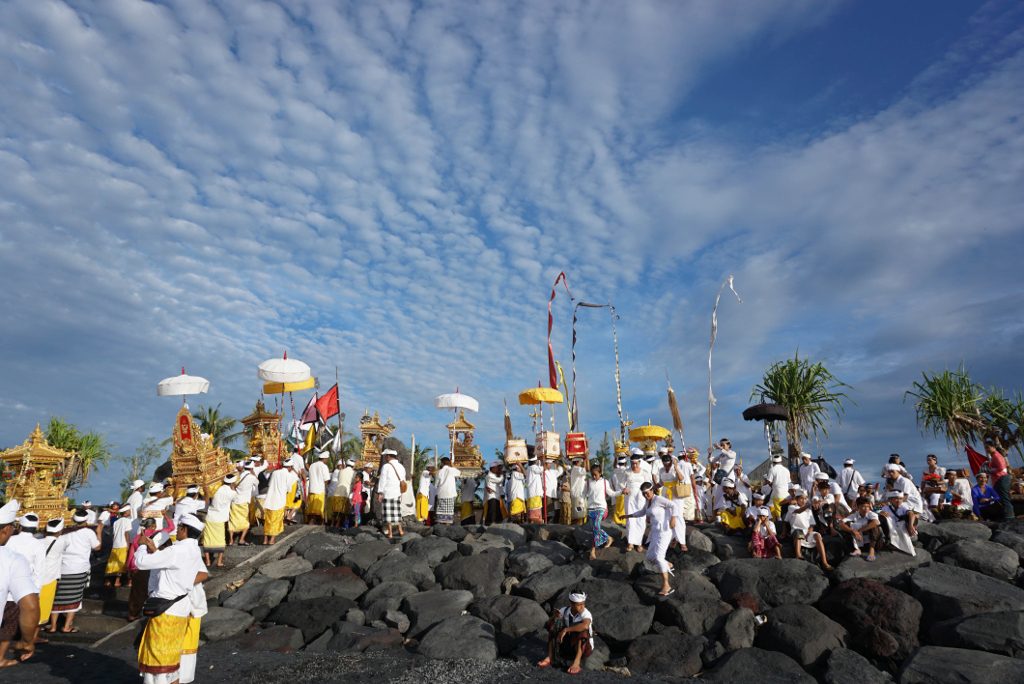
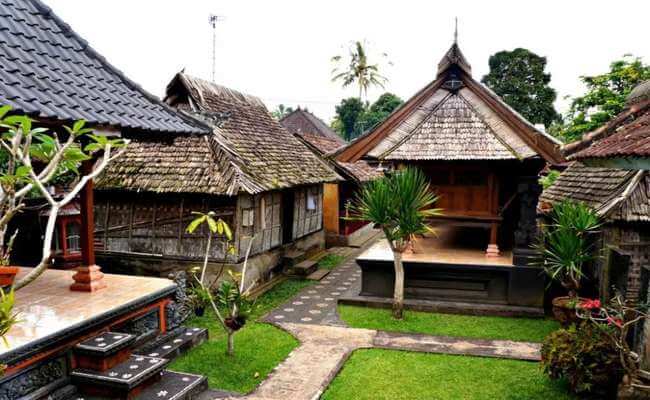

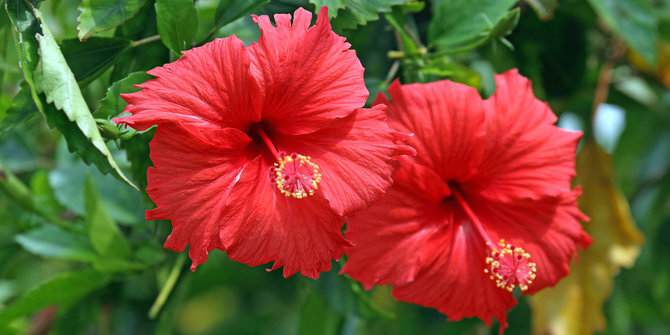


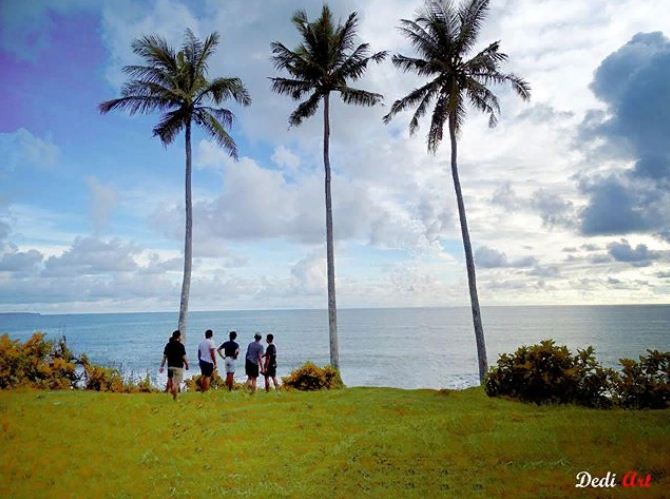
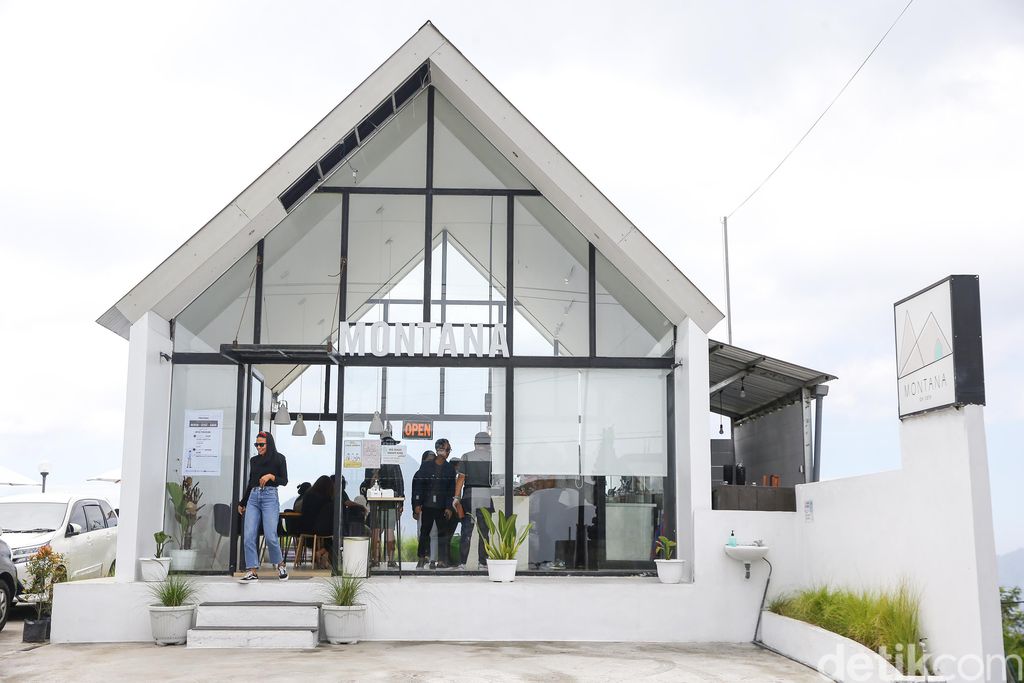




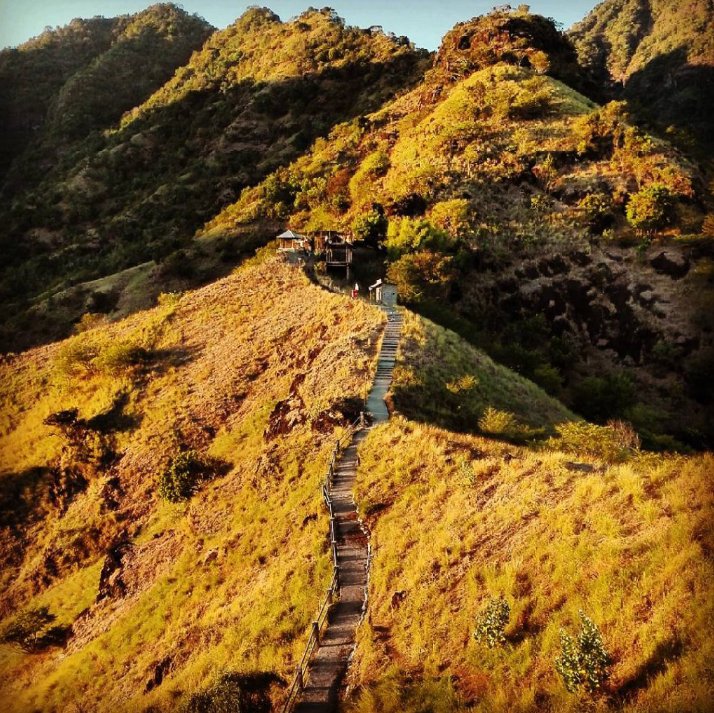
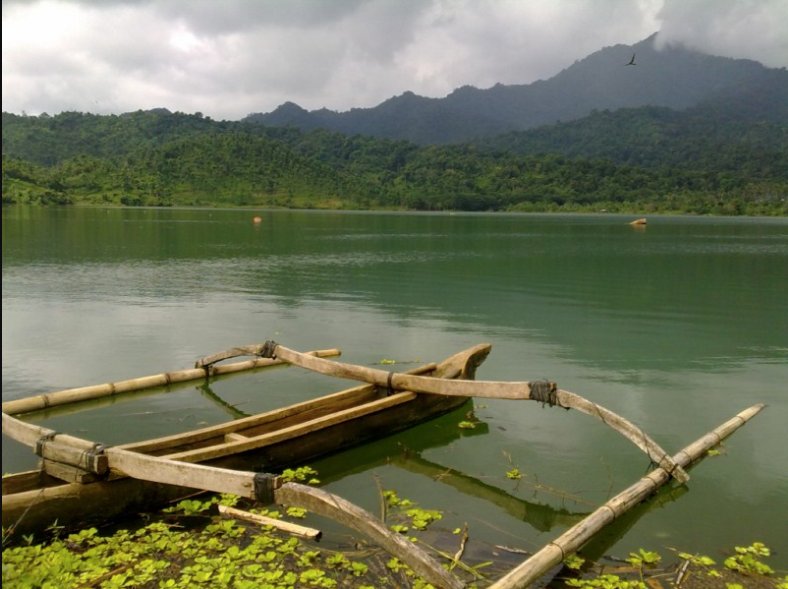



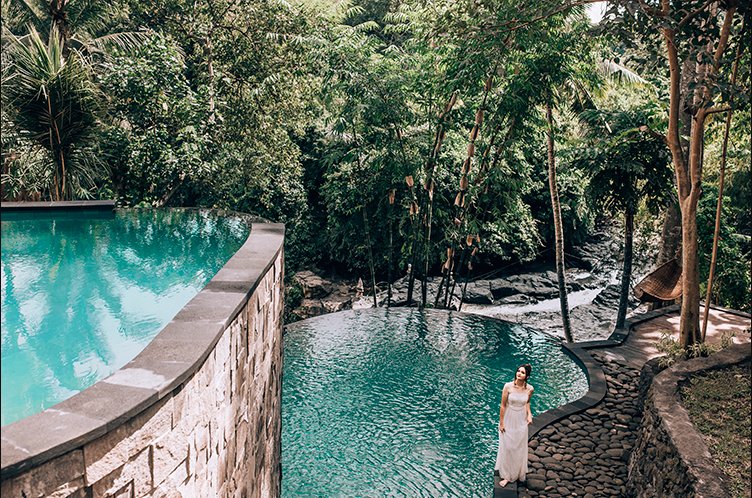

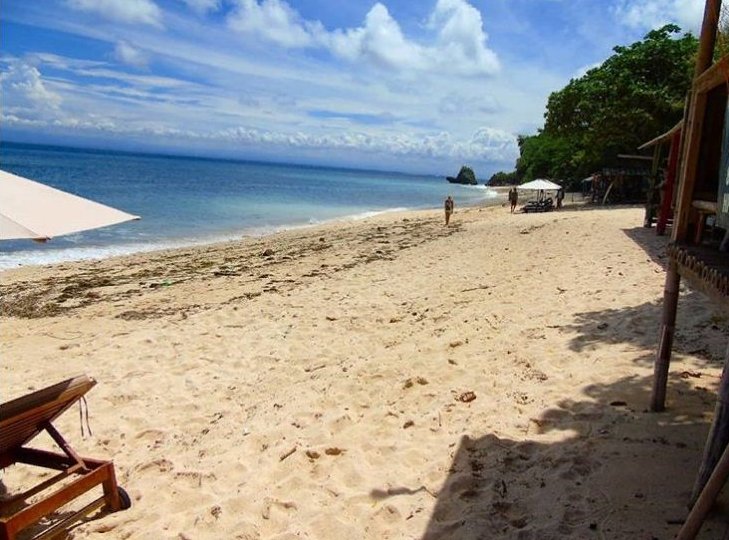



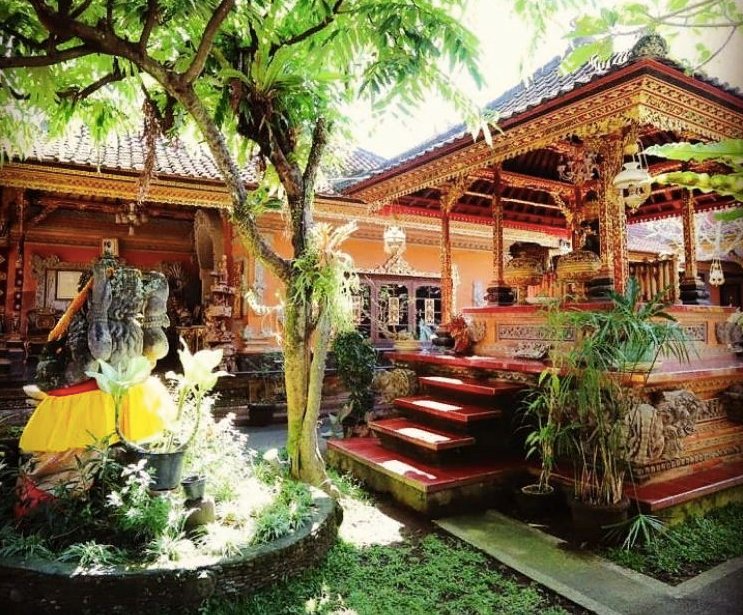





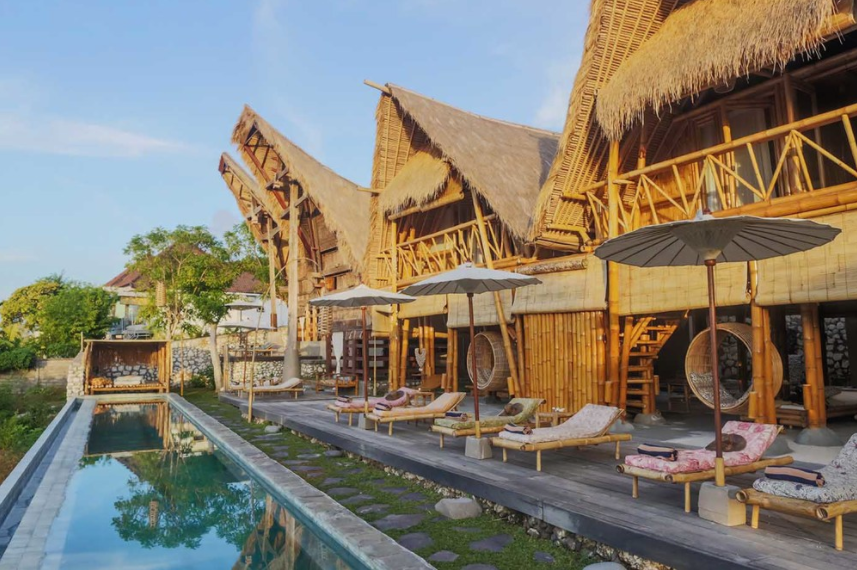





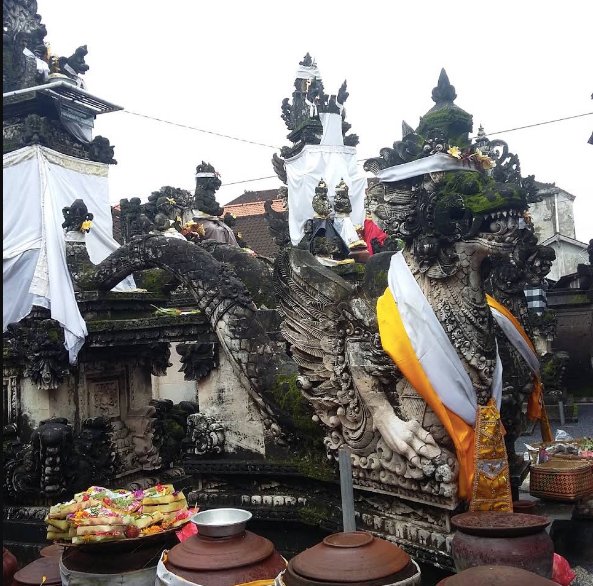






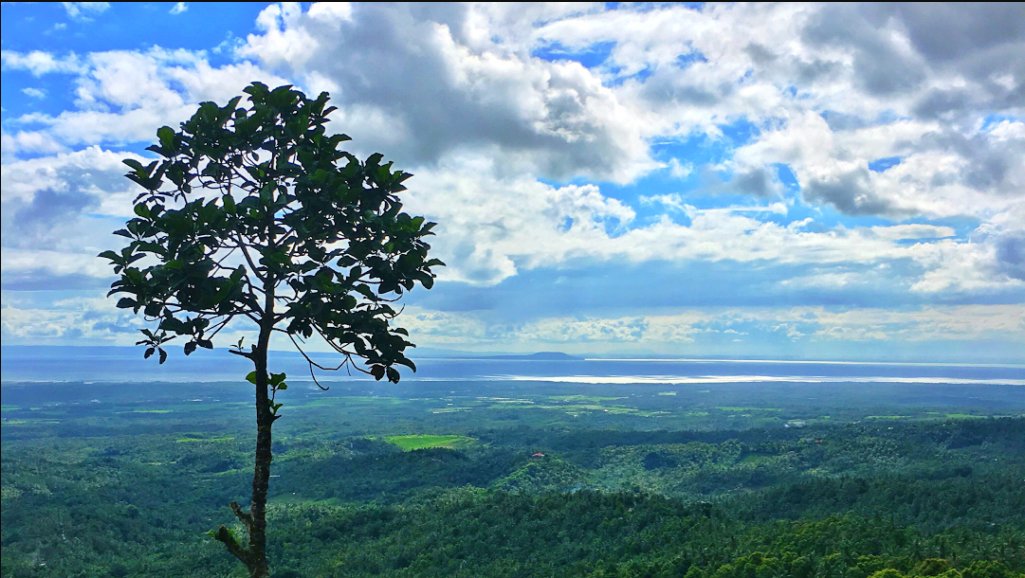
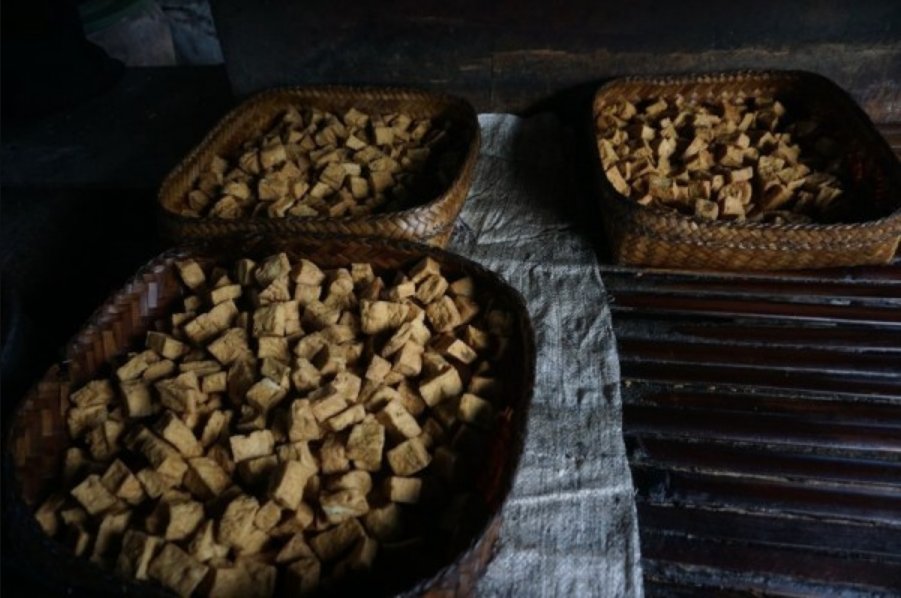



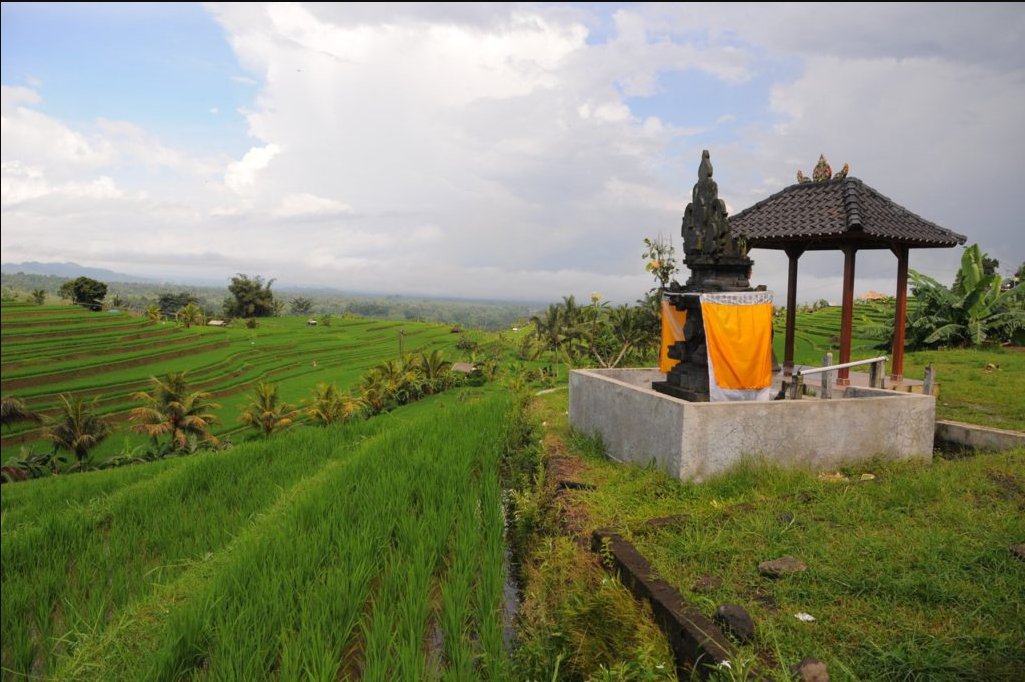
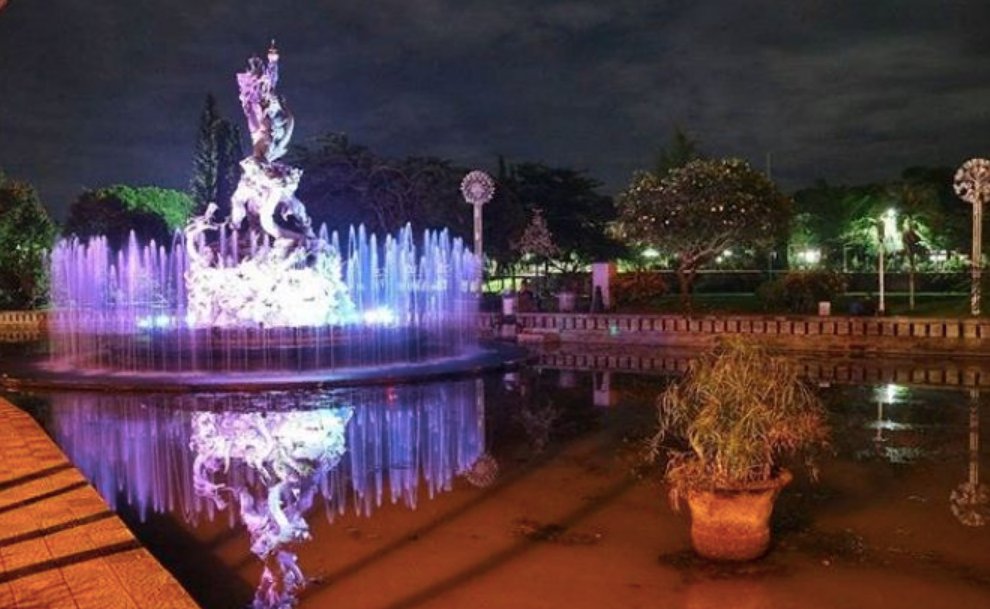

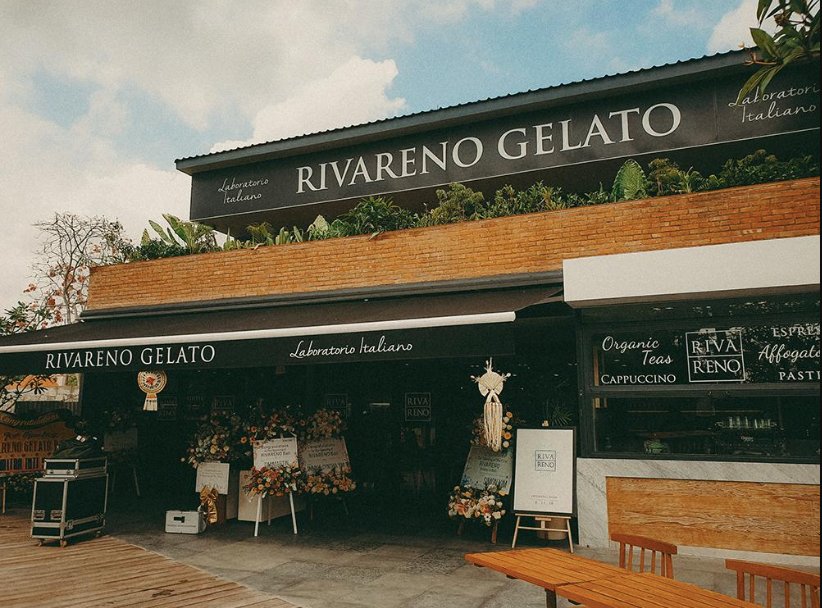


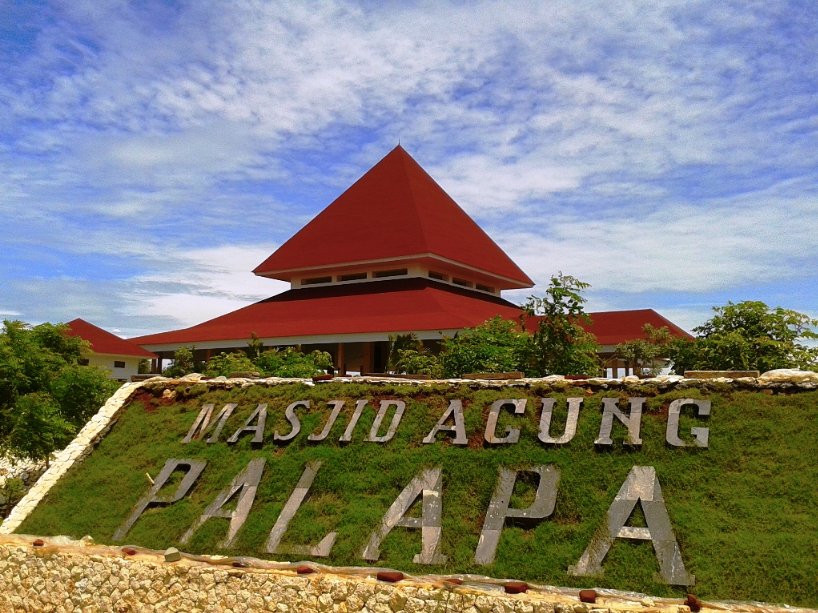

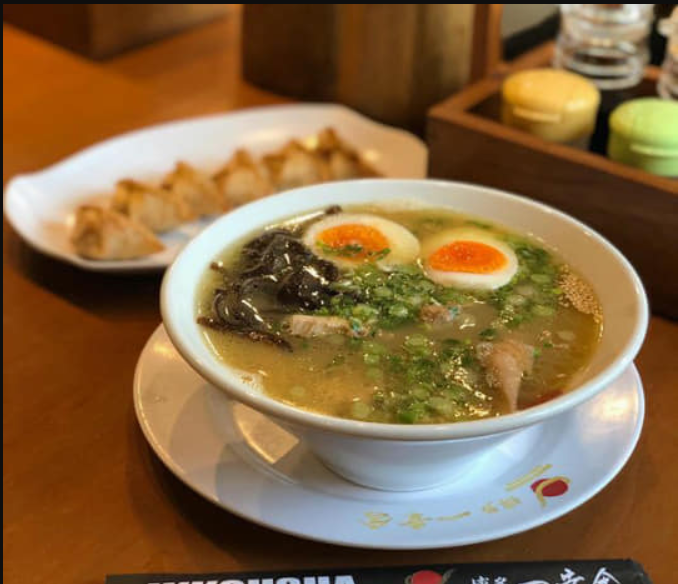








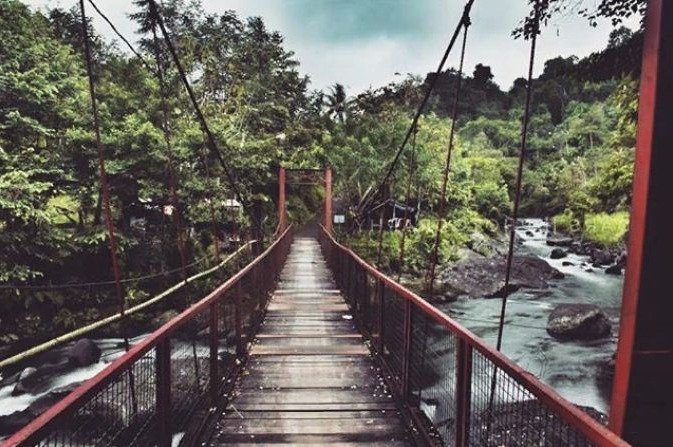


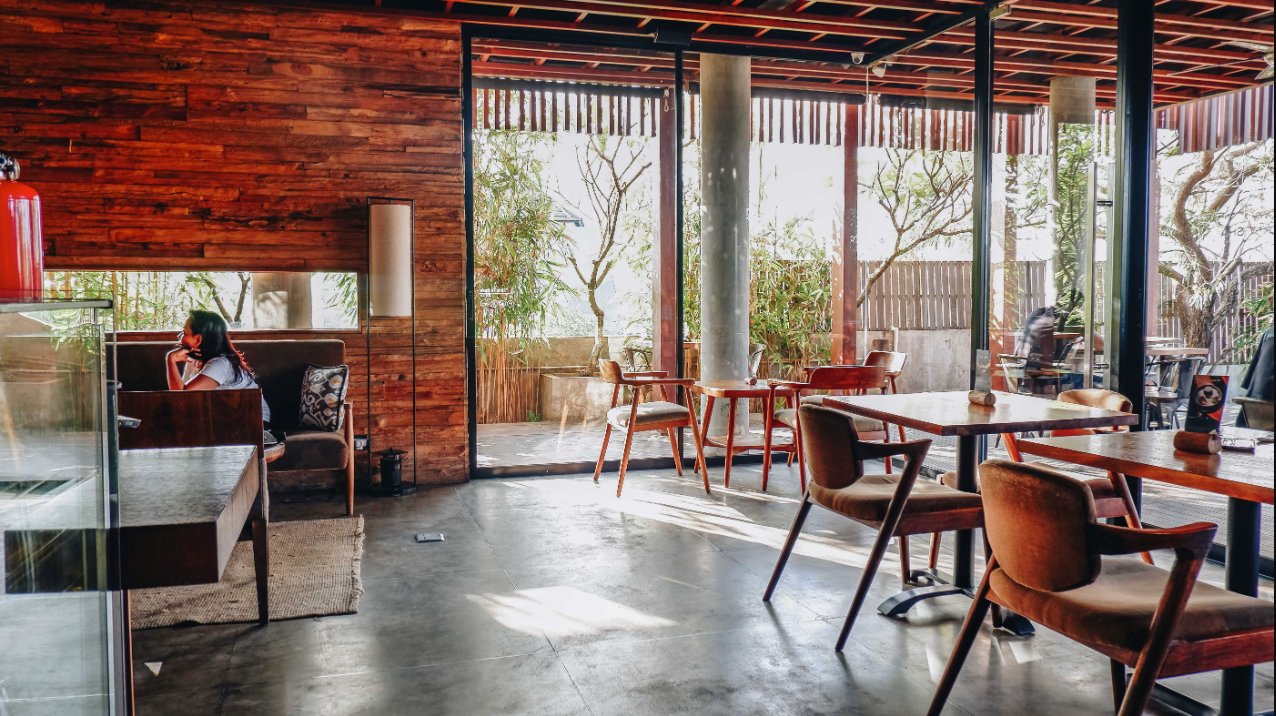




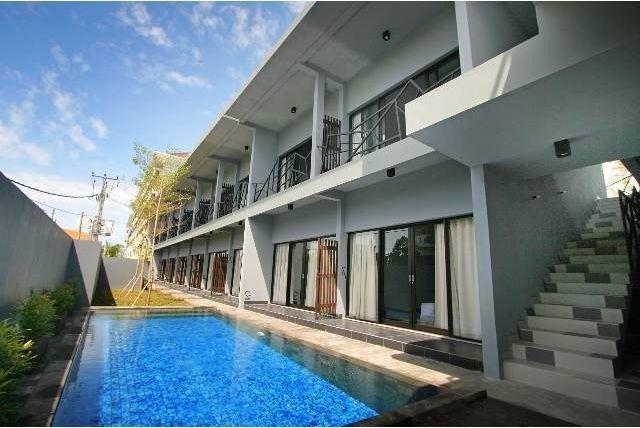





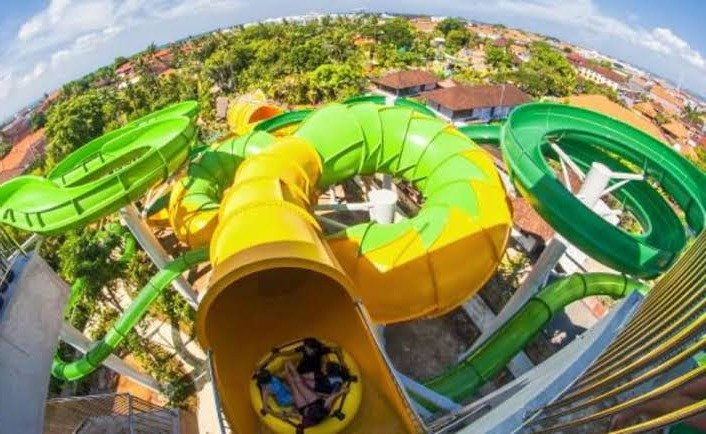
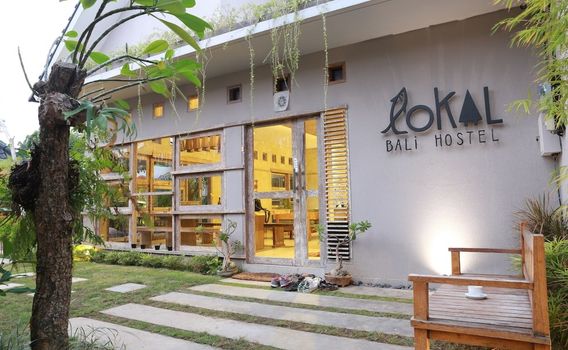

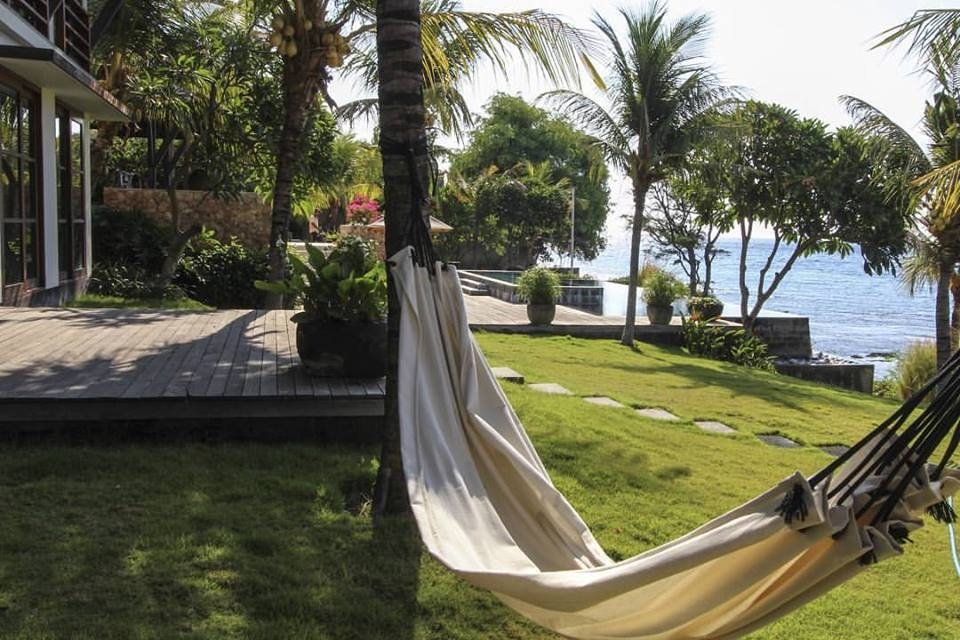

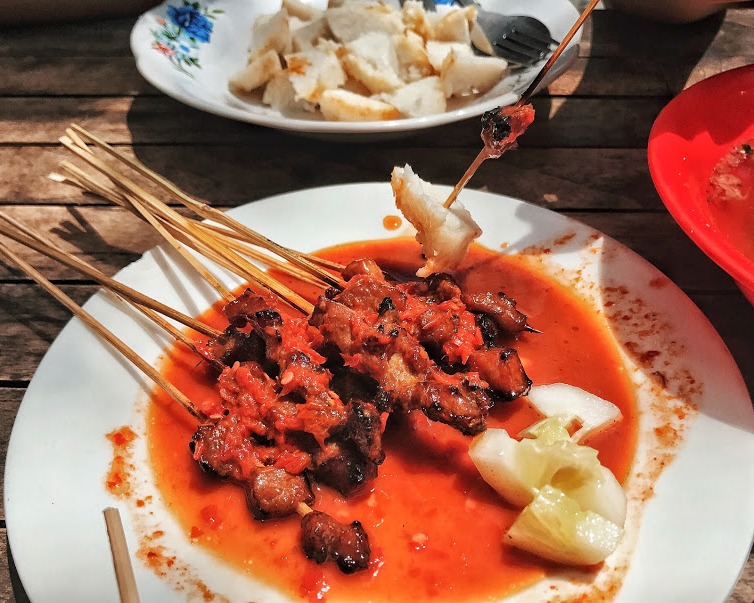


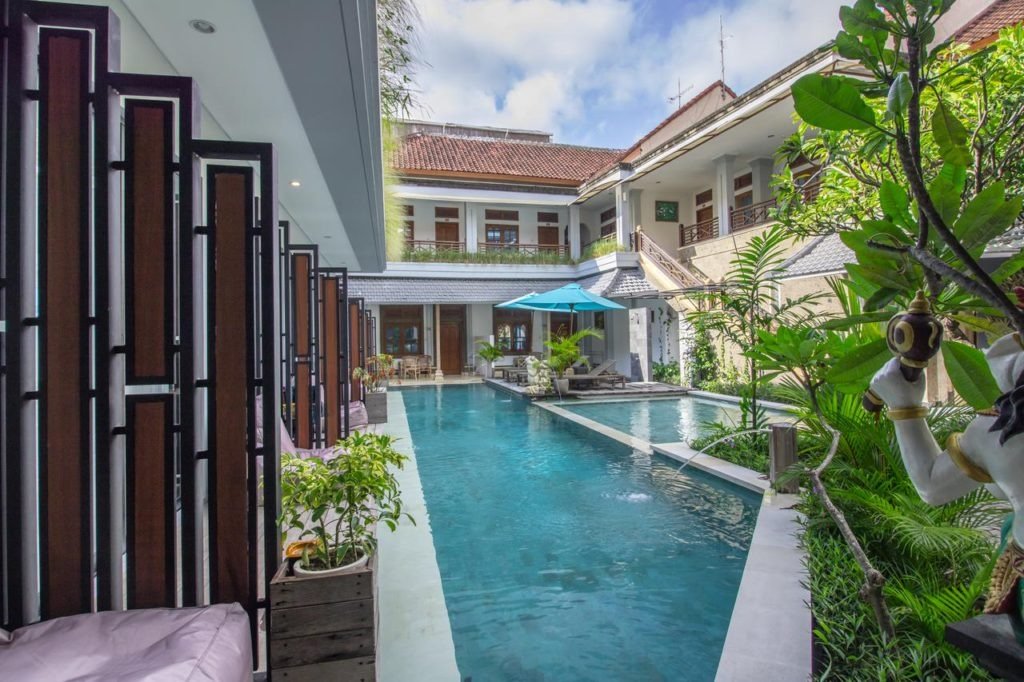






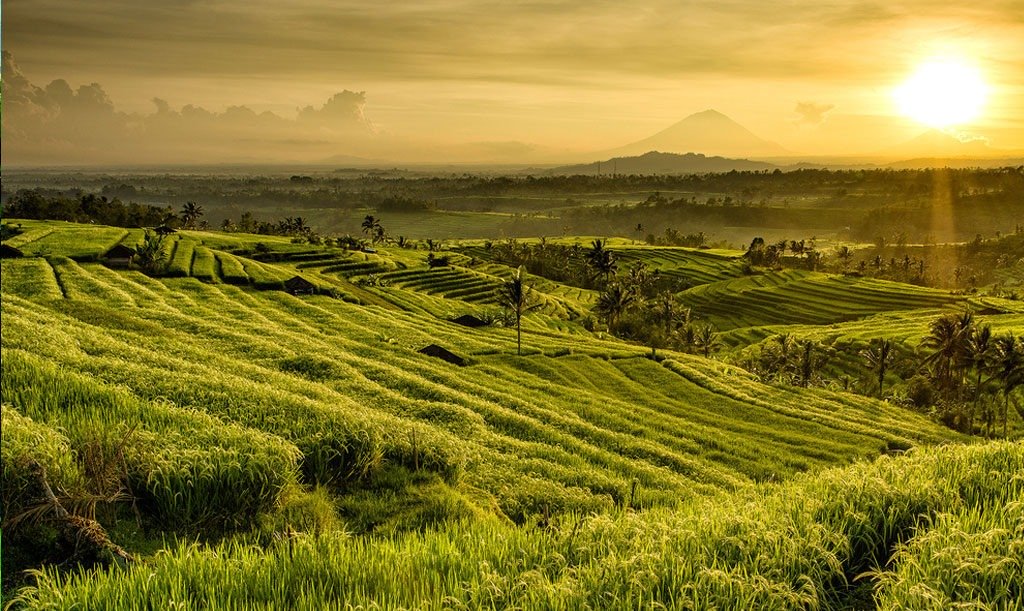









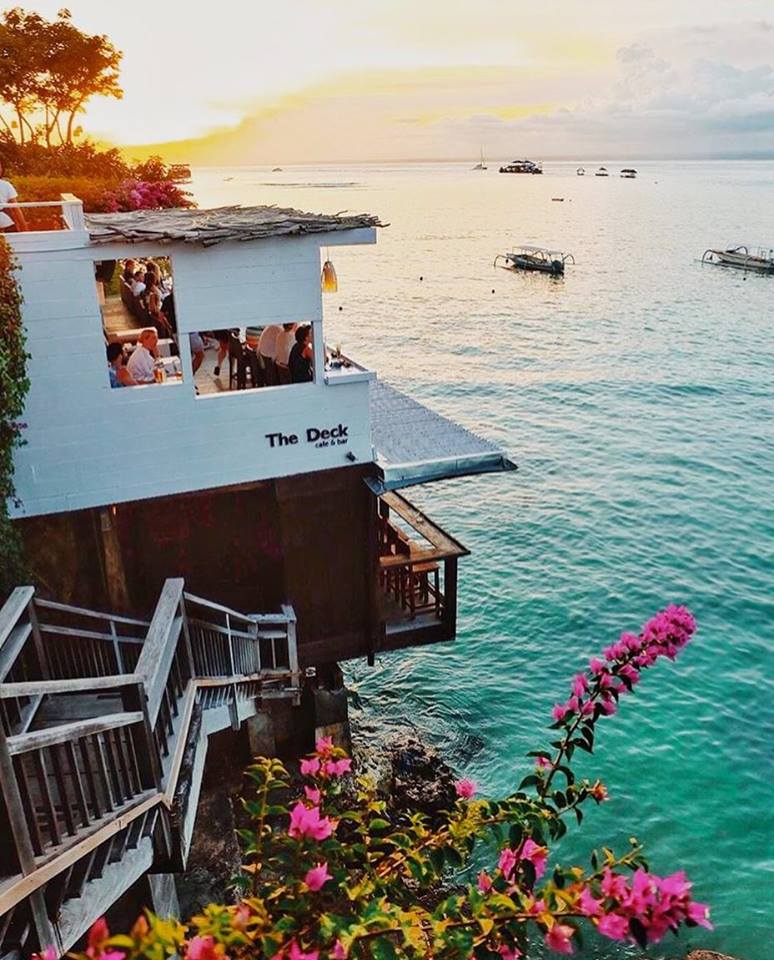
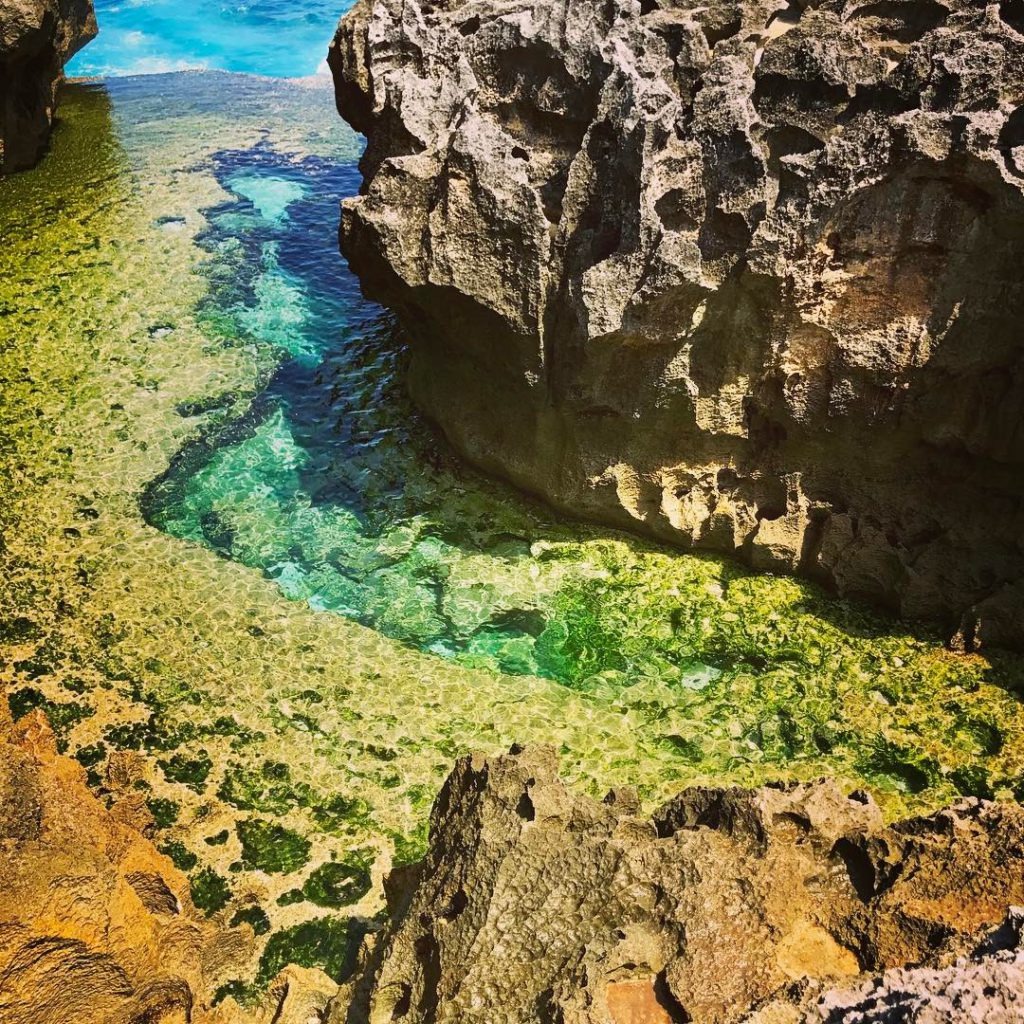

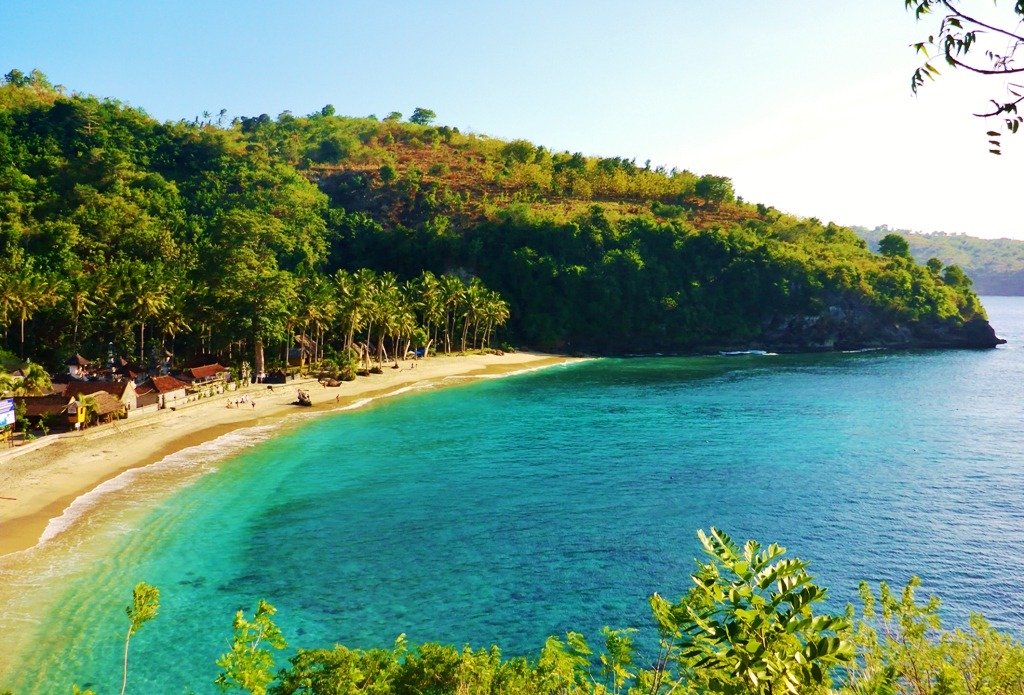

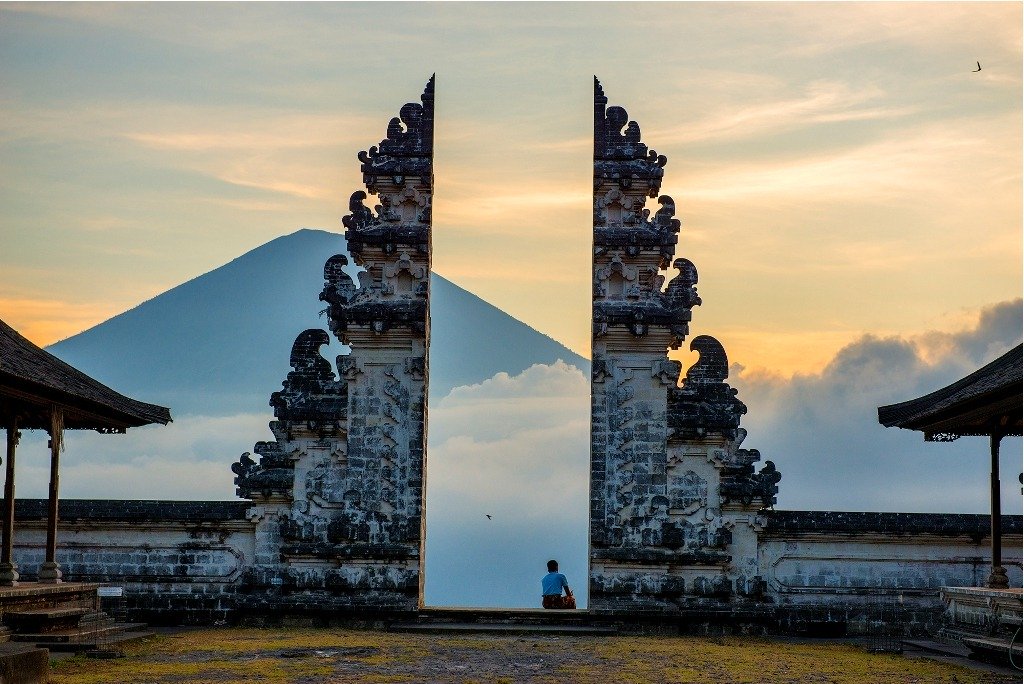
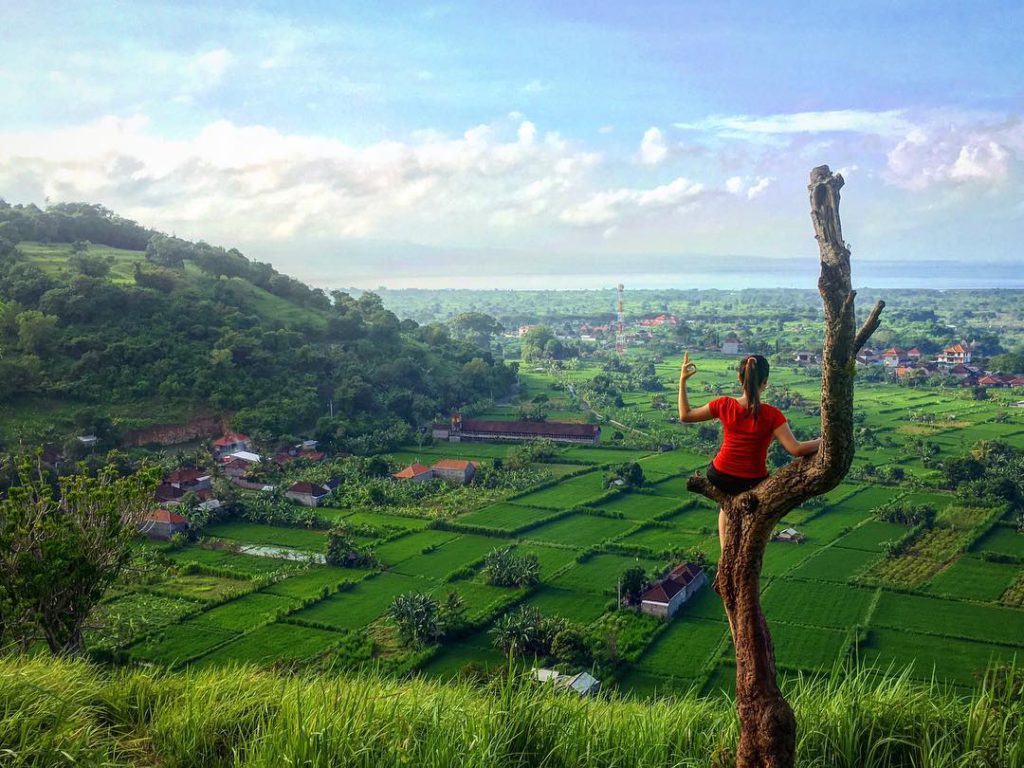
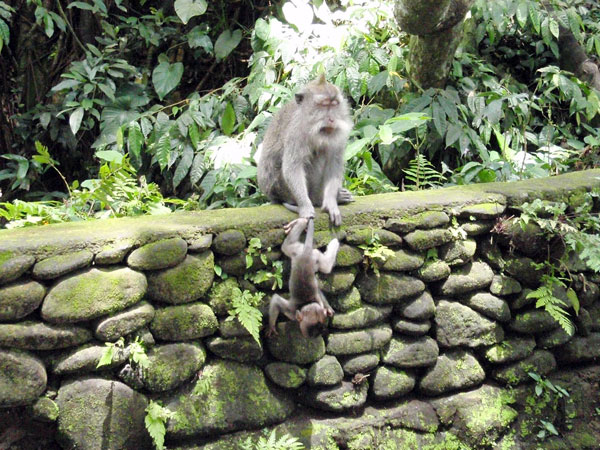
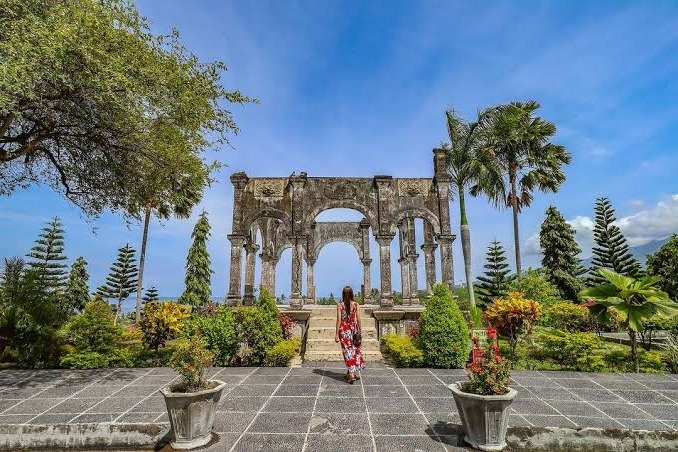



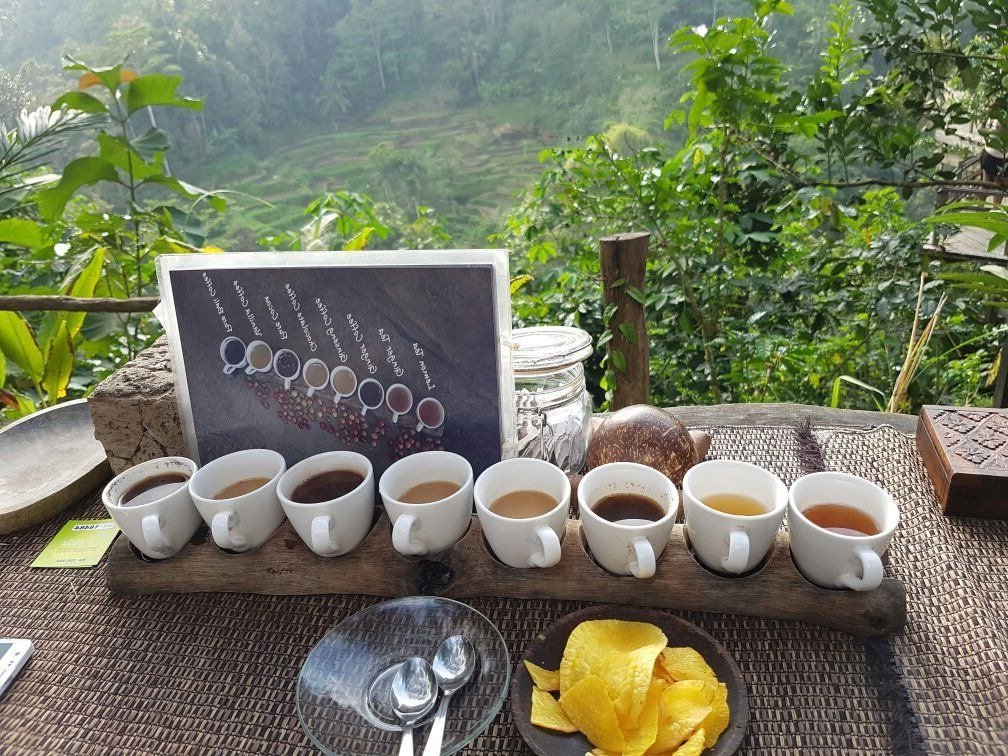
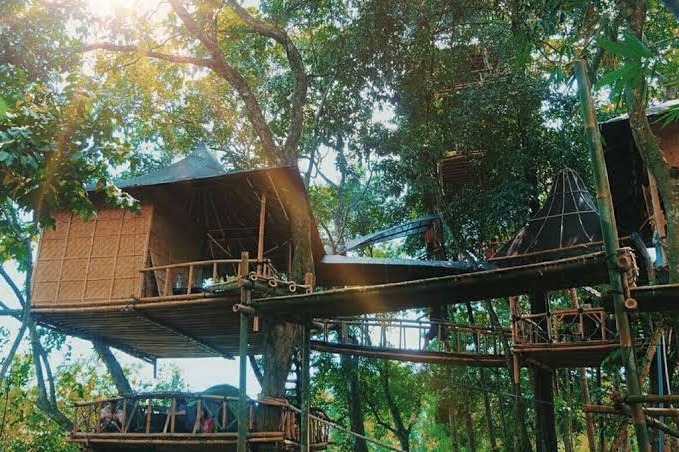

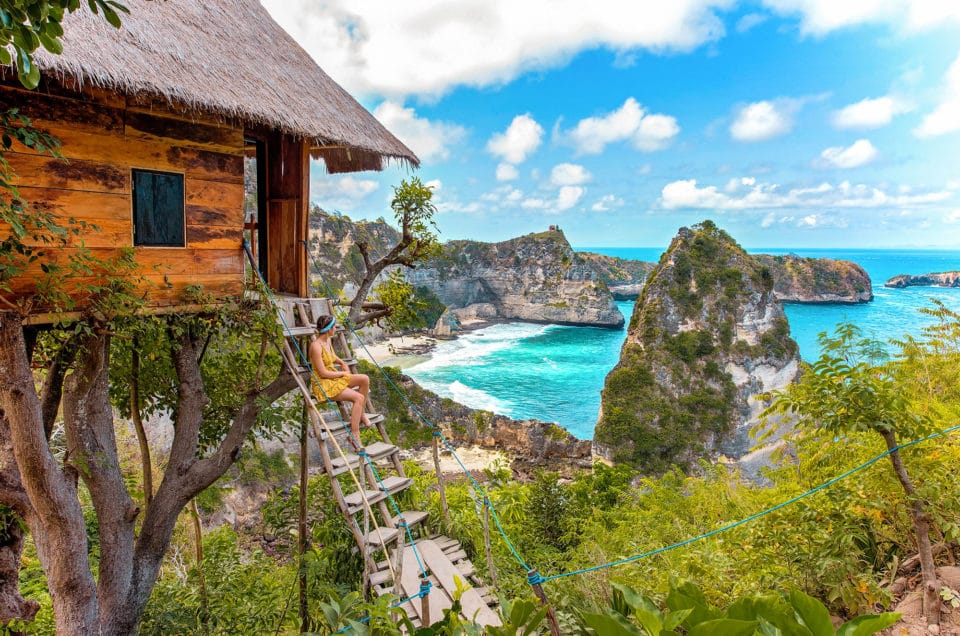











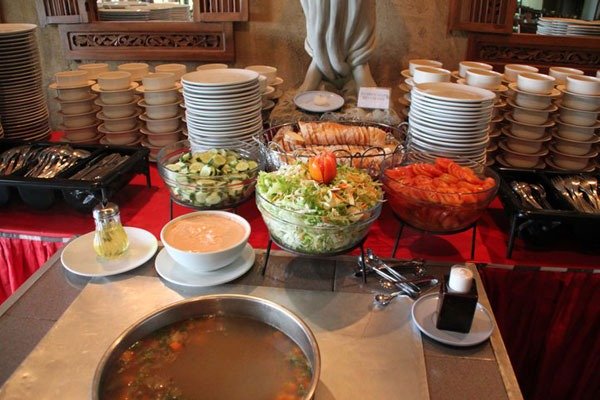
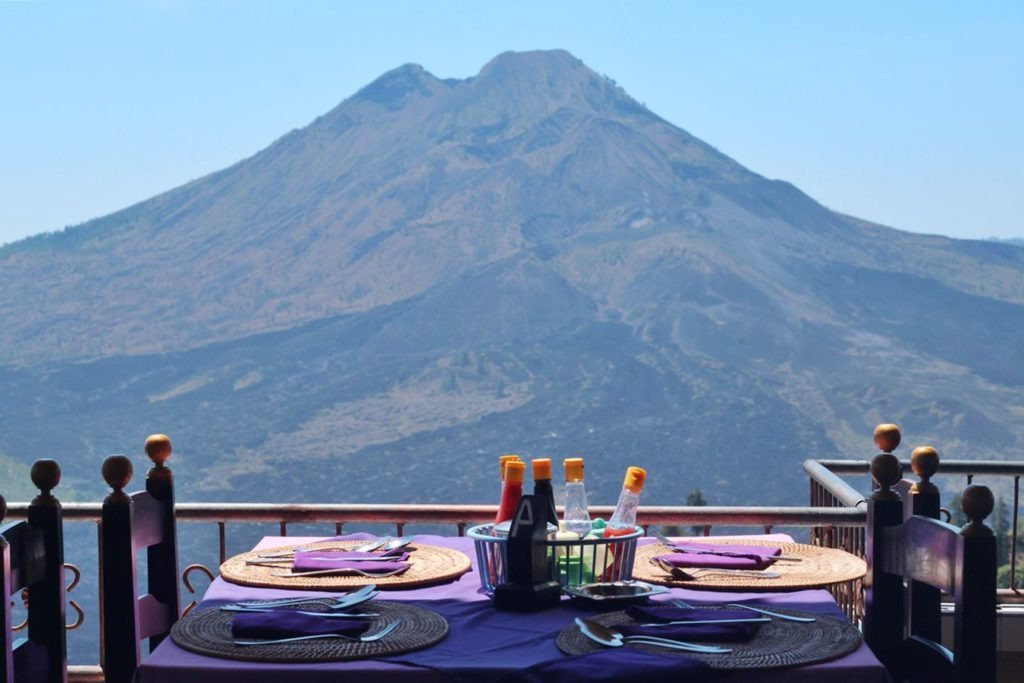



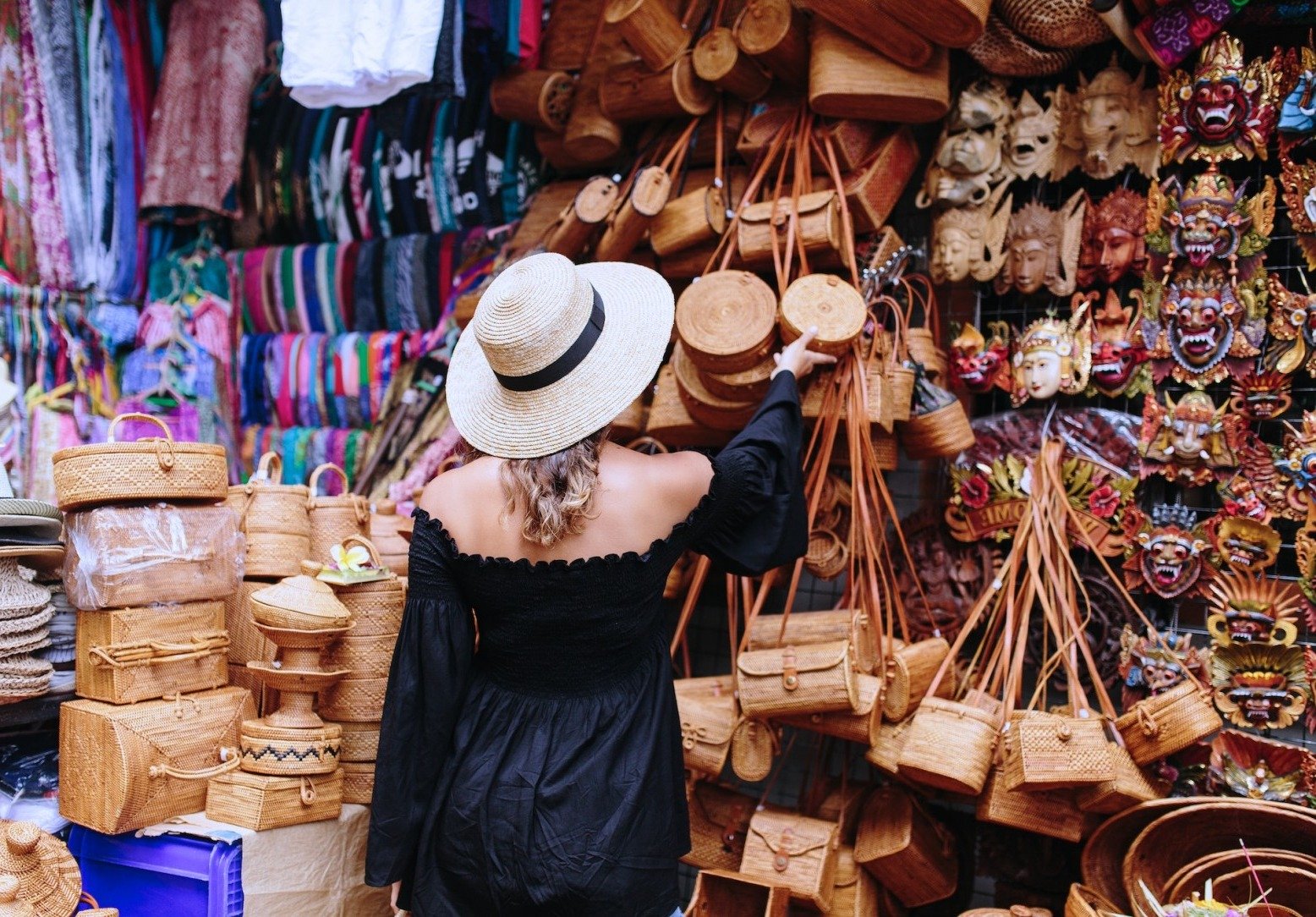

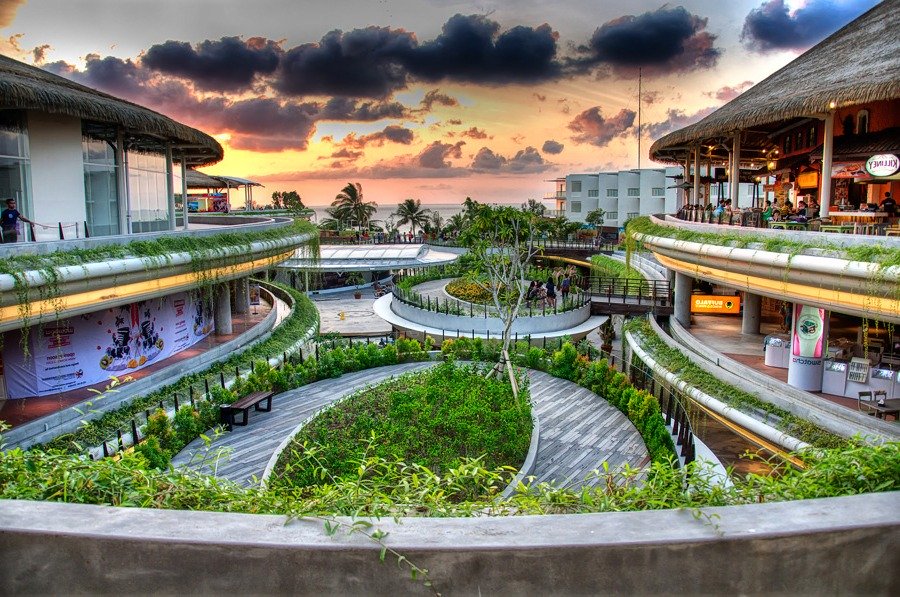






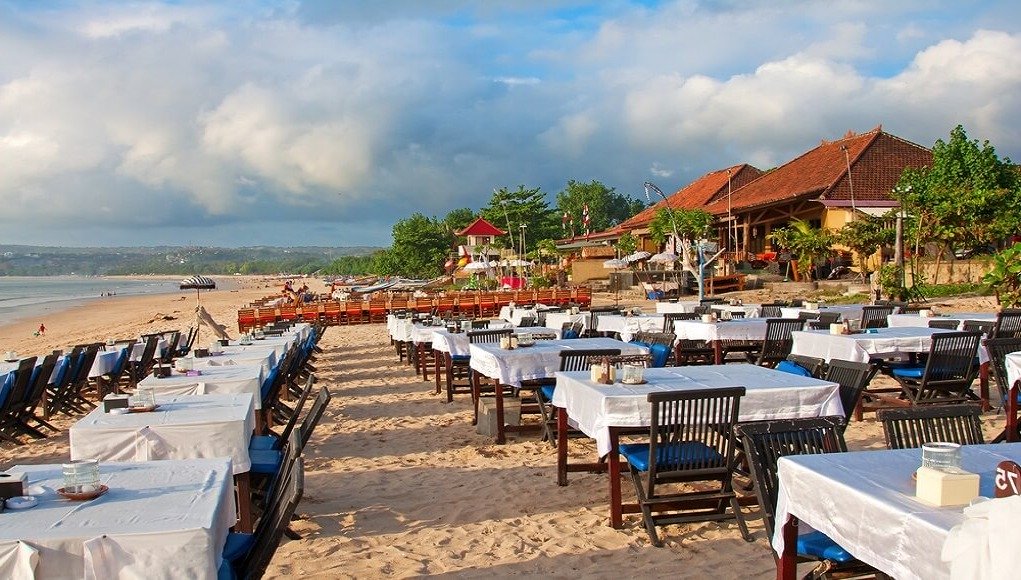





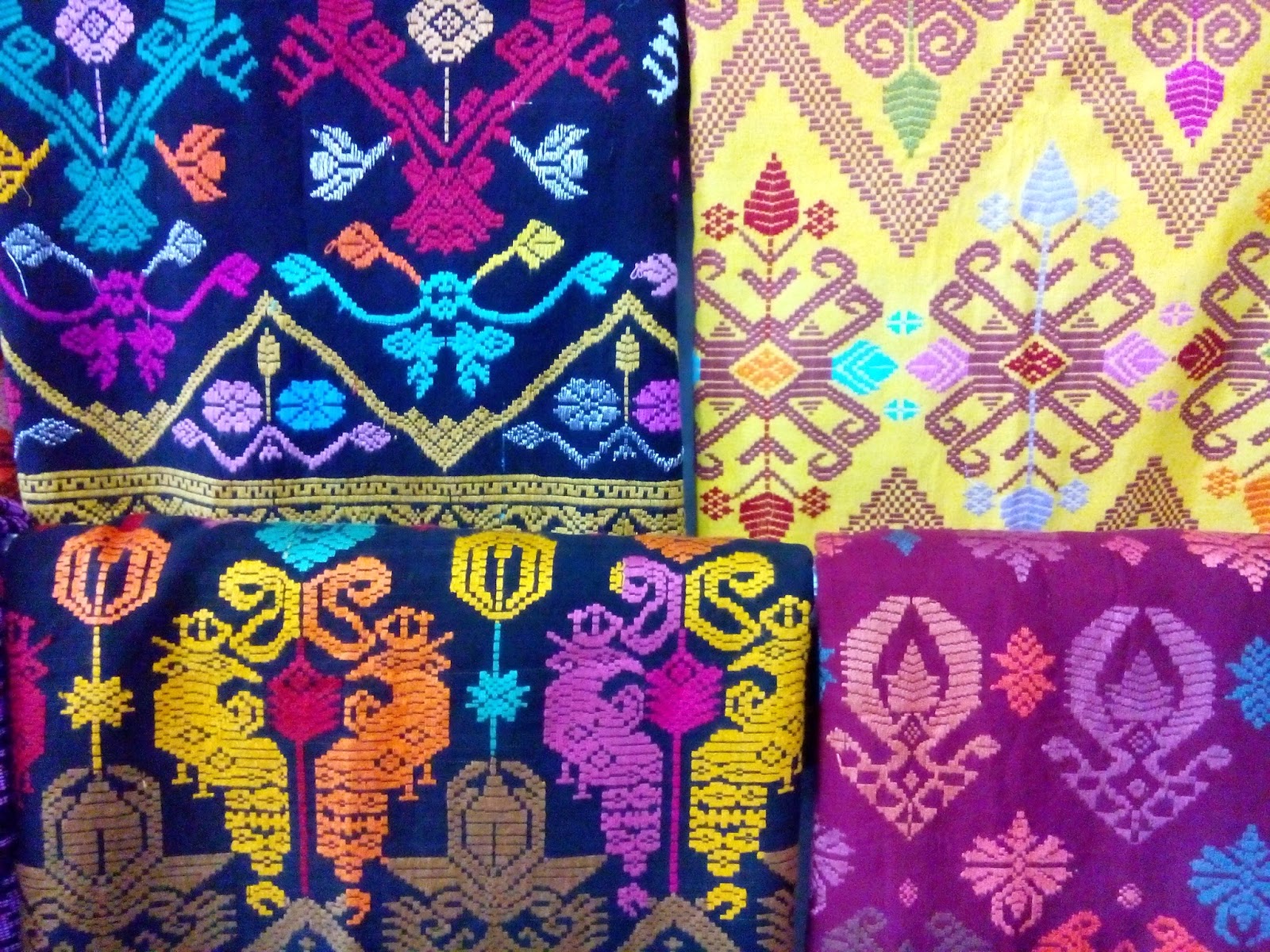

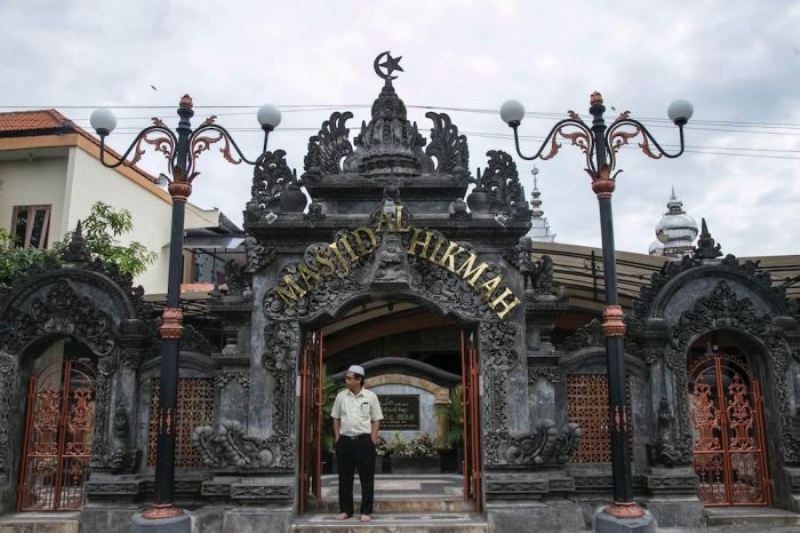


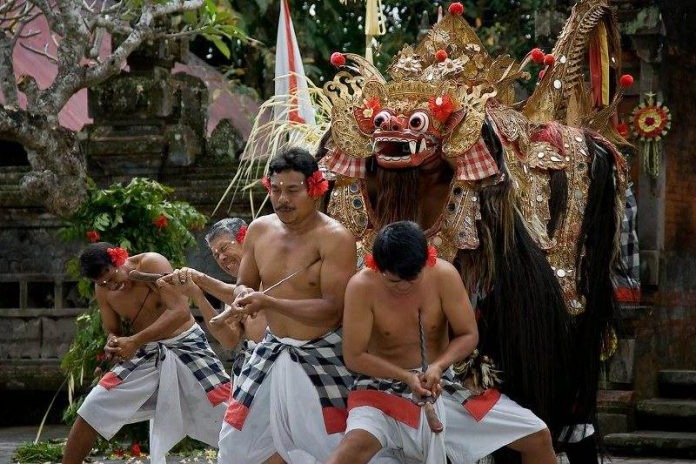


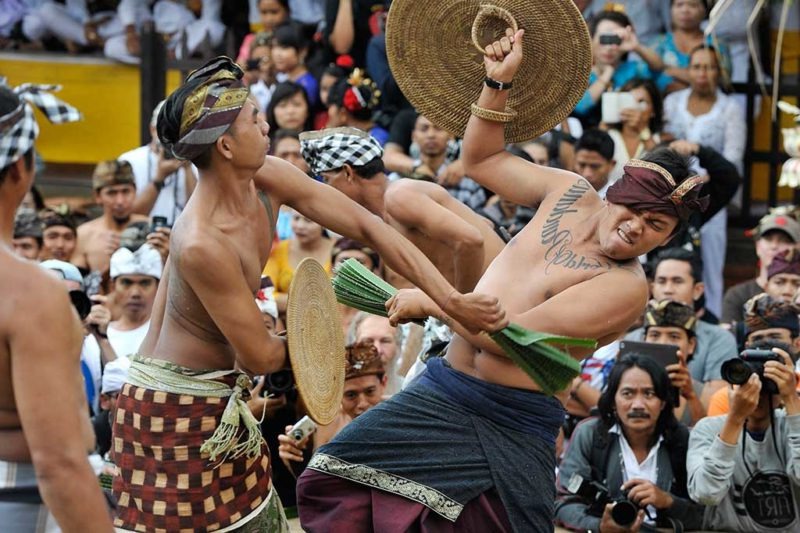

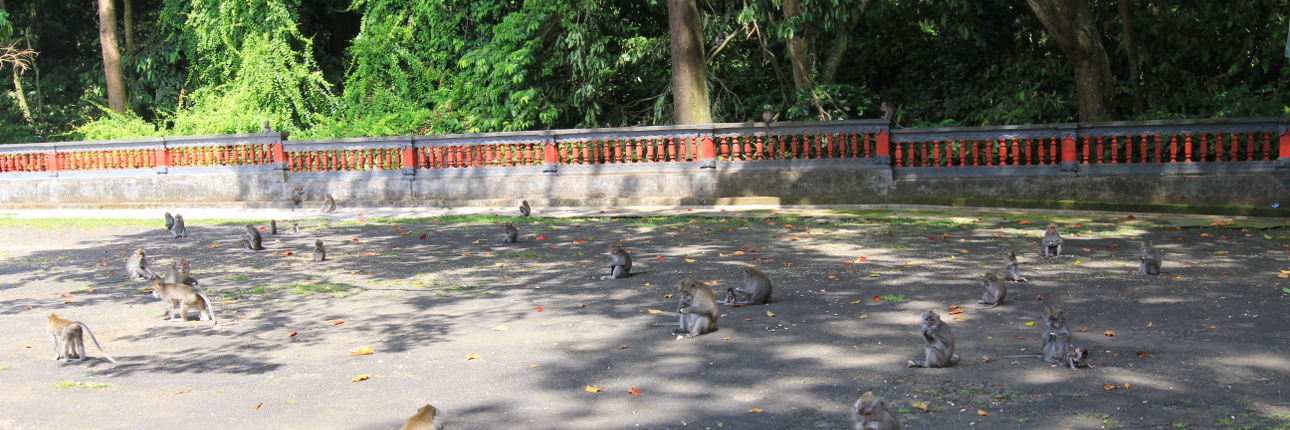


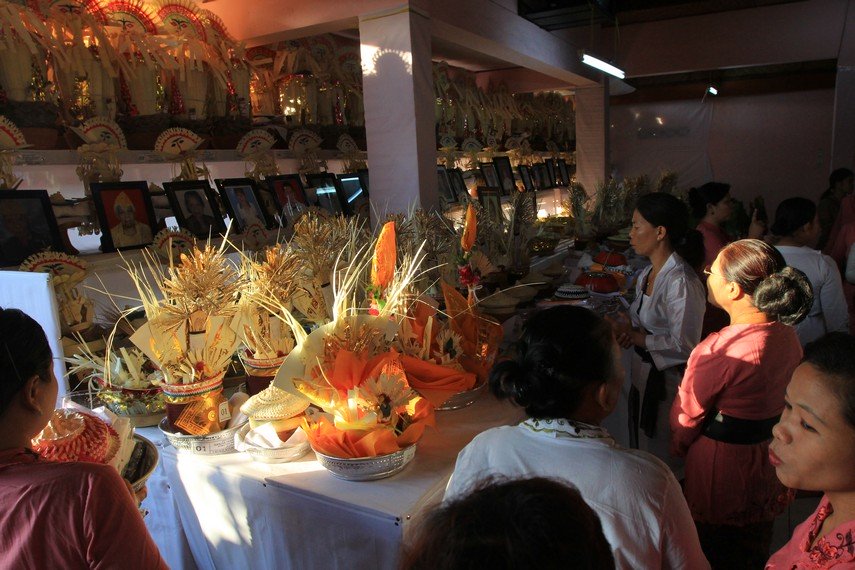








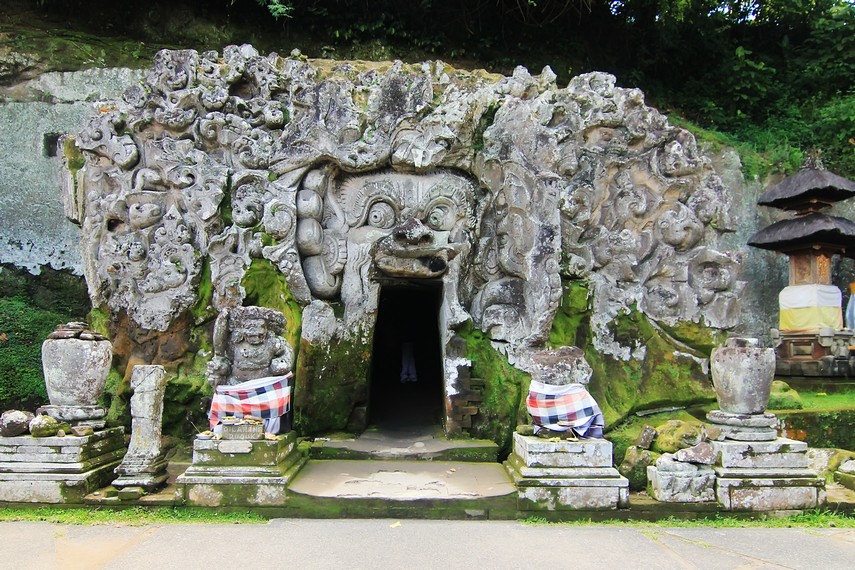



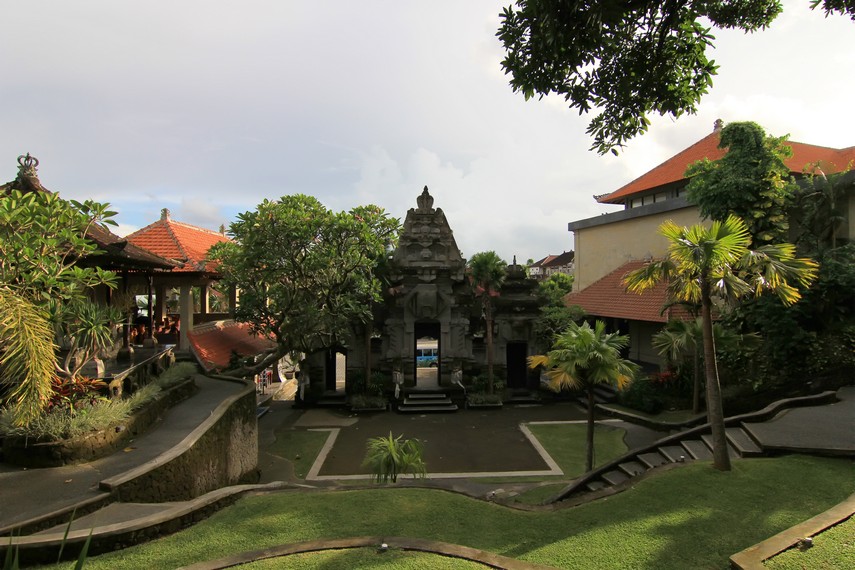





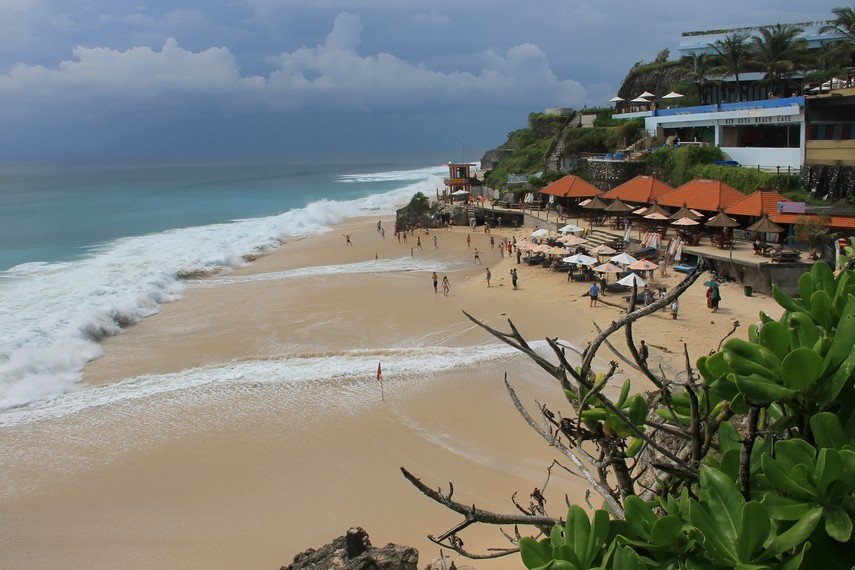

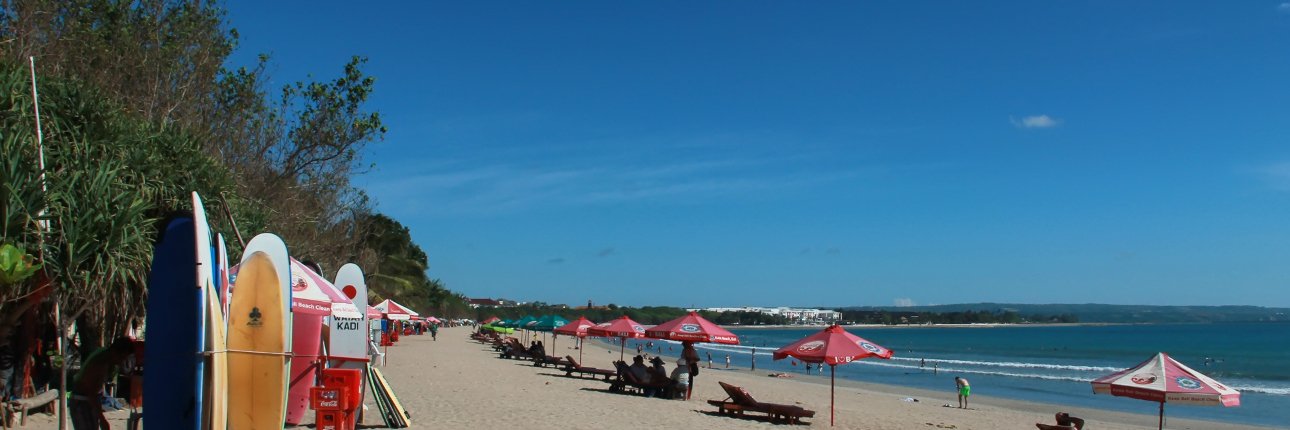
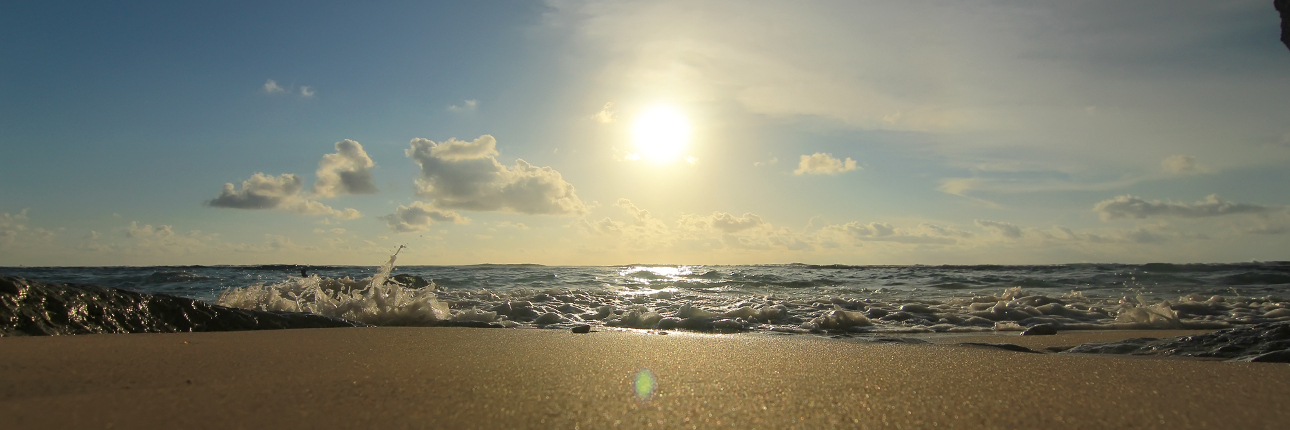






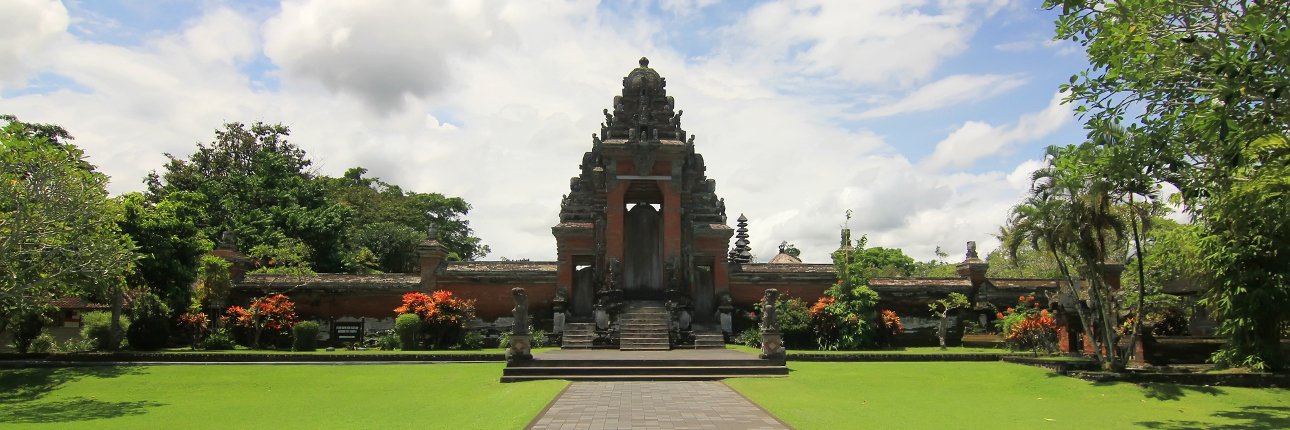
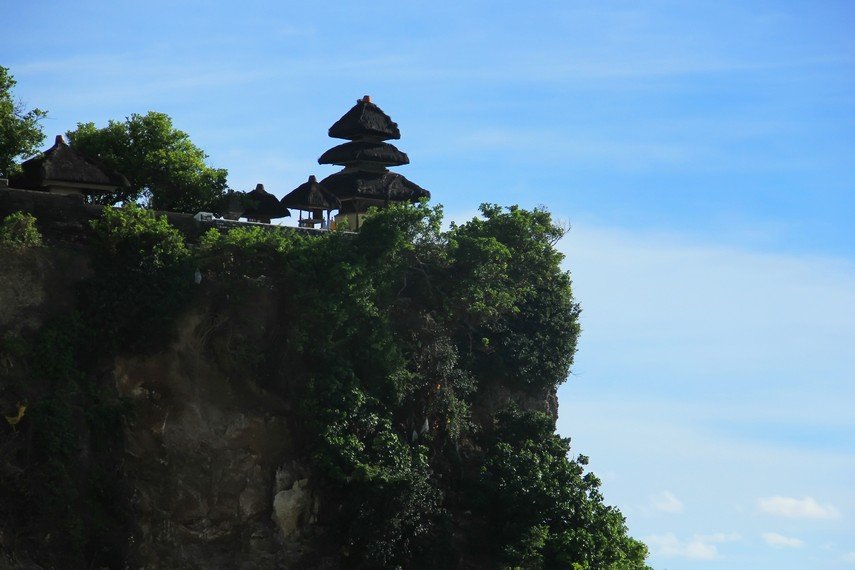









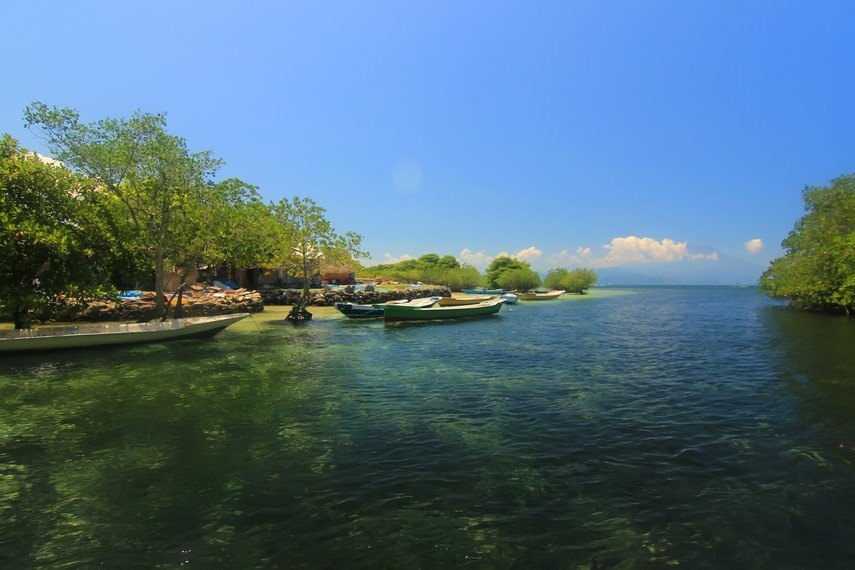
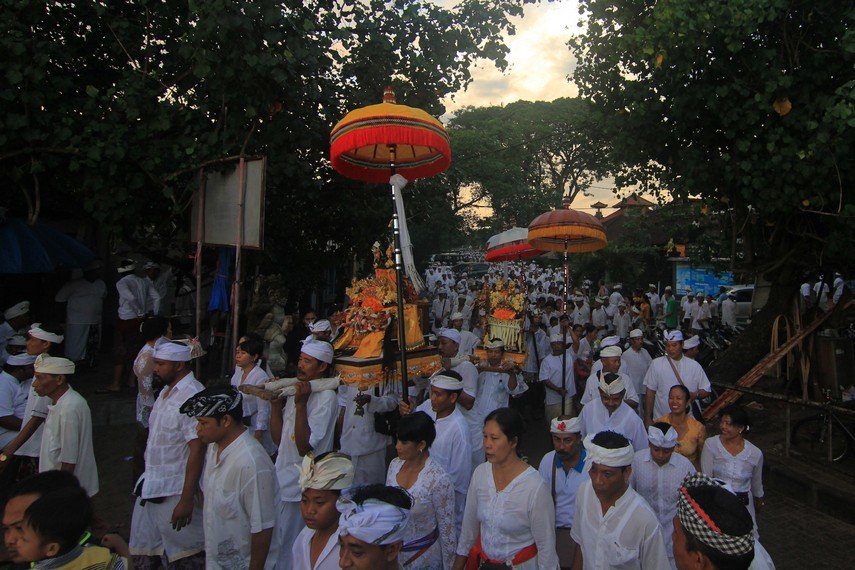
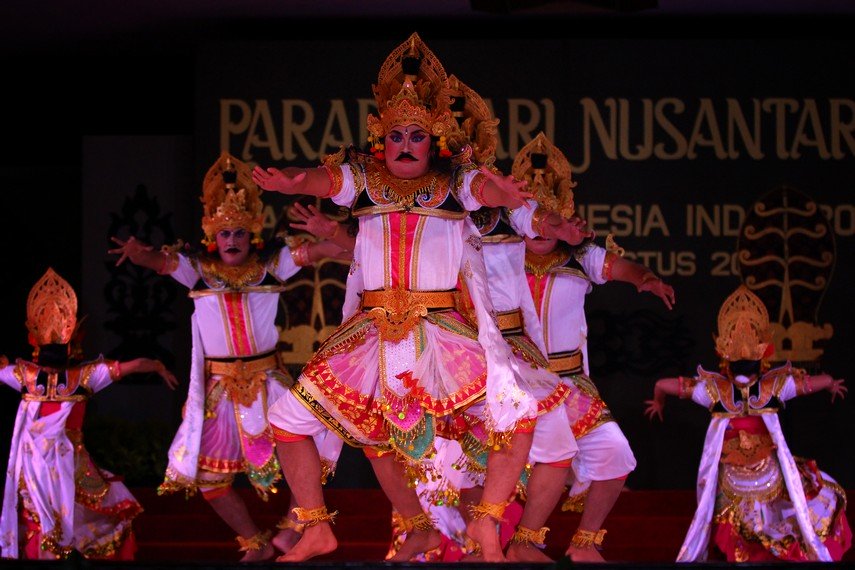



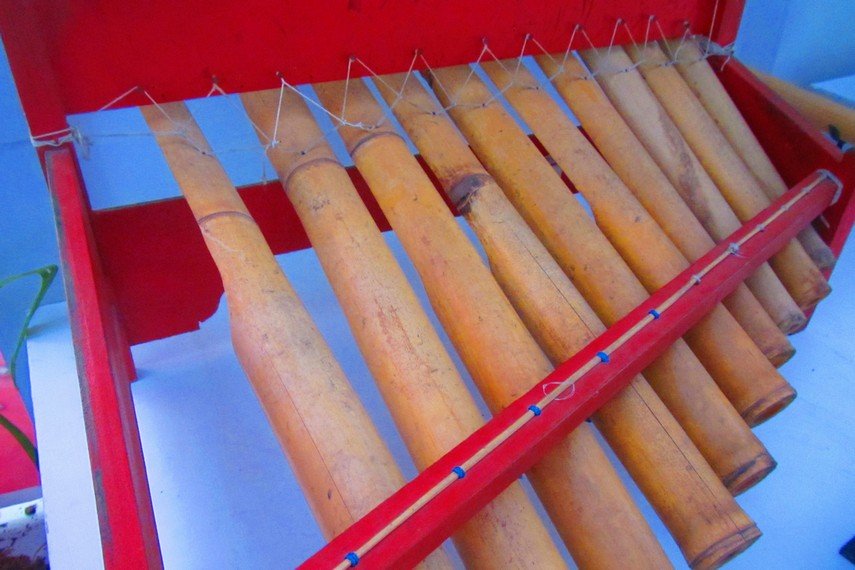


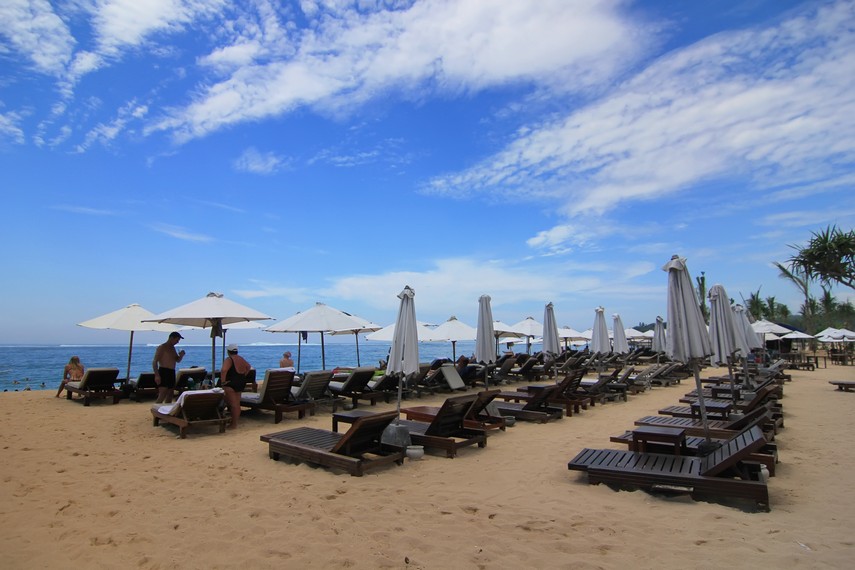
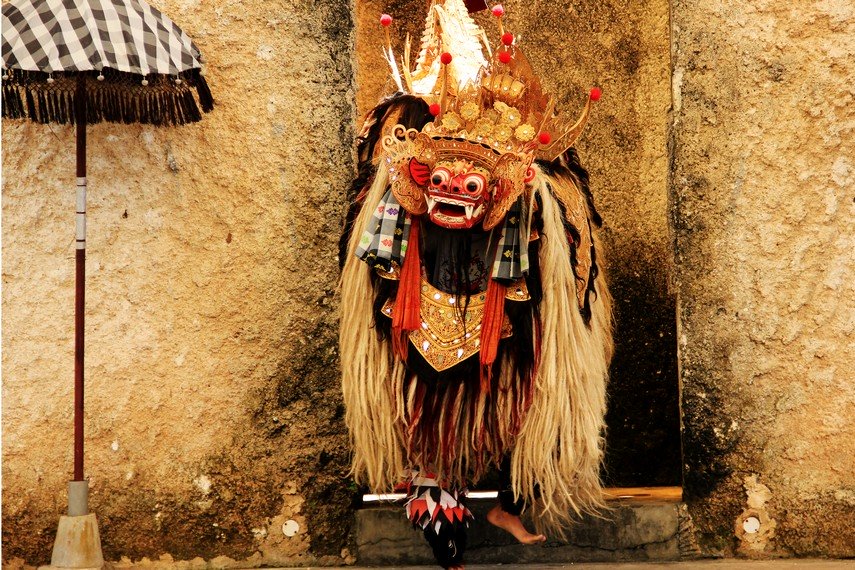



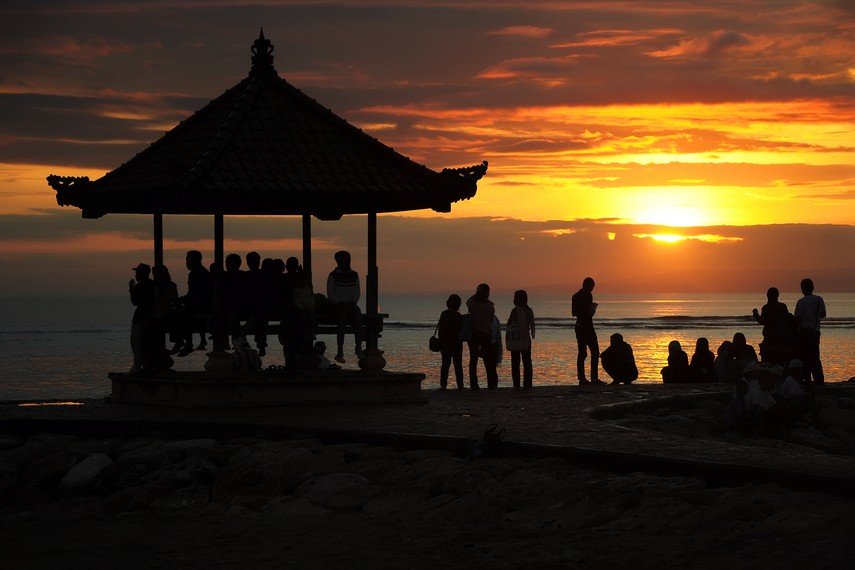
0